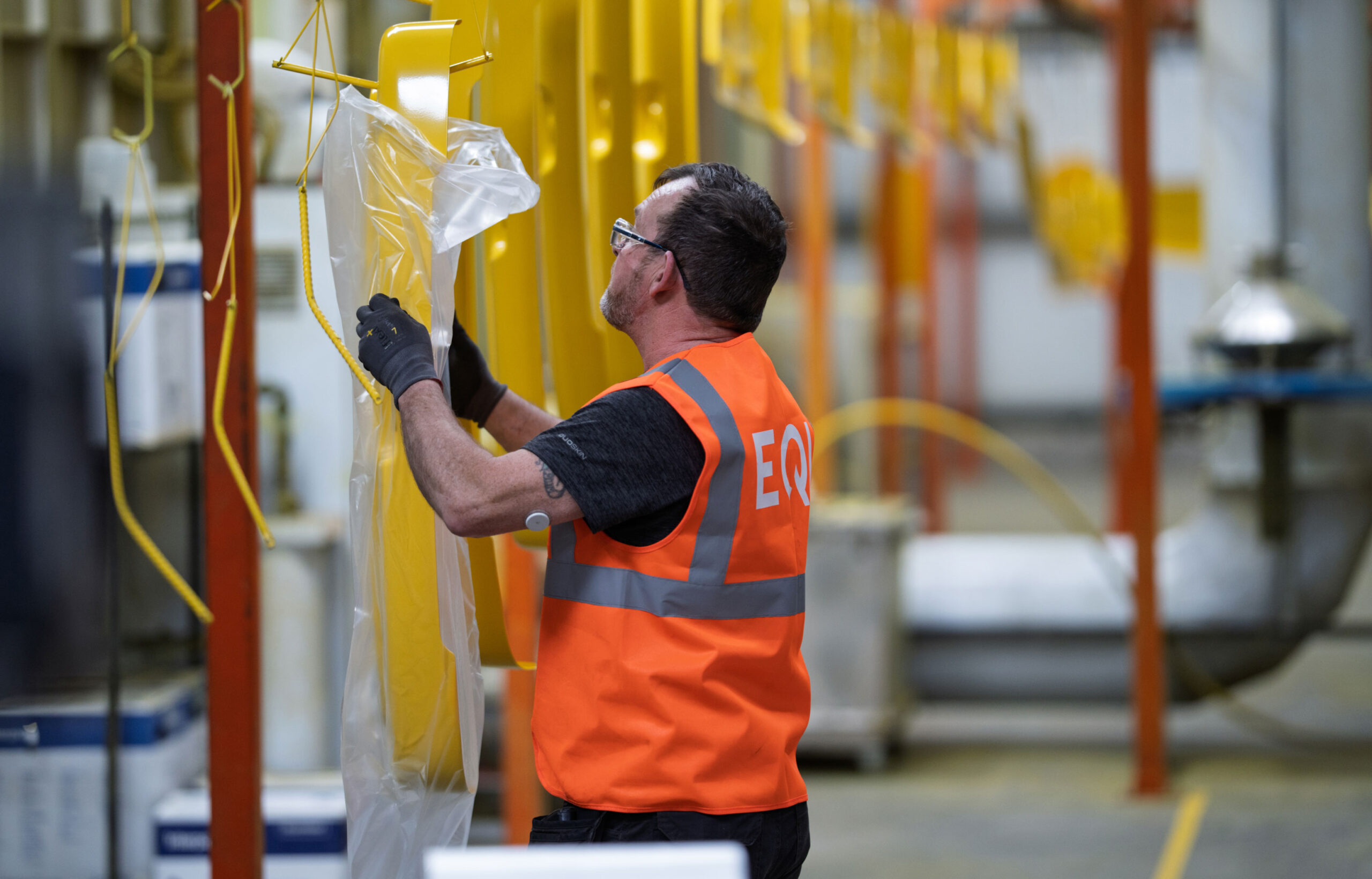
Five Things to Look for When Outsourcing Your Metal Component Manufacturing
Finding a reliable resource for your metal component manufacturing can feel like an overwhelming challenge, but it doesn’t need to be. After years of experience working with leading OEMs, we’ve developed a list of the top five essential qualities of a manufacturing partner that will simplify your job and enhance your operations’ efficiency.
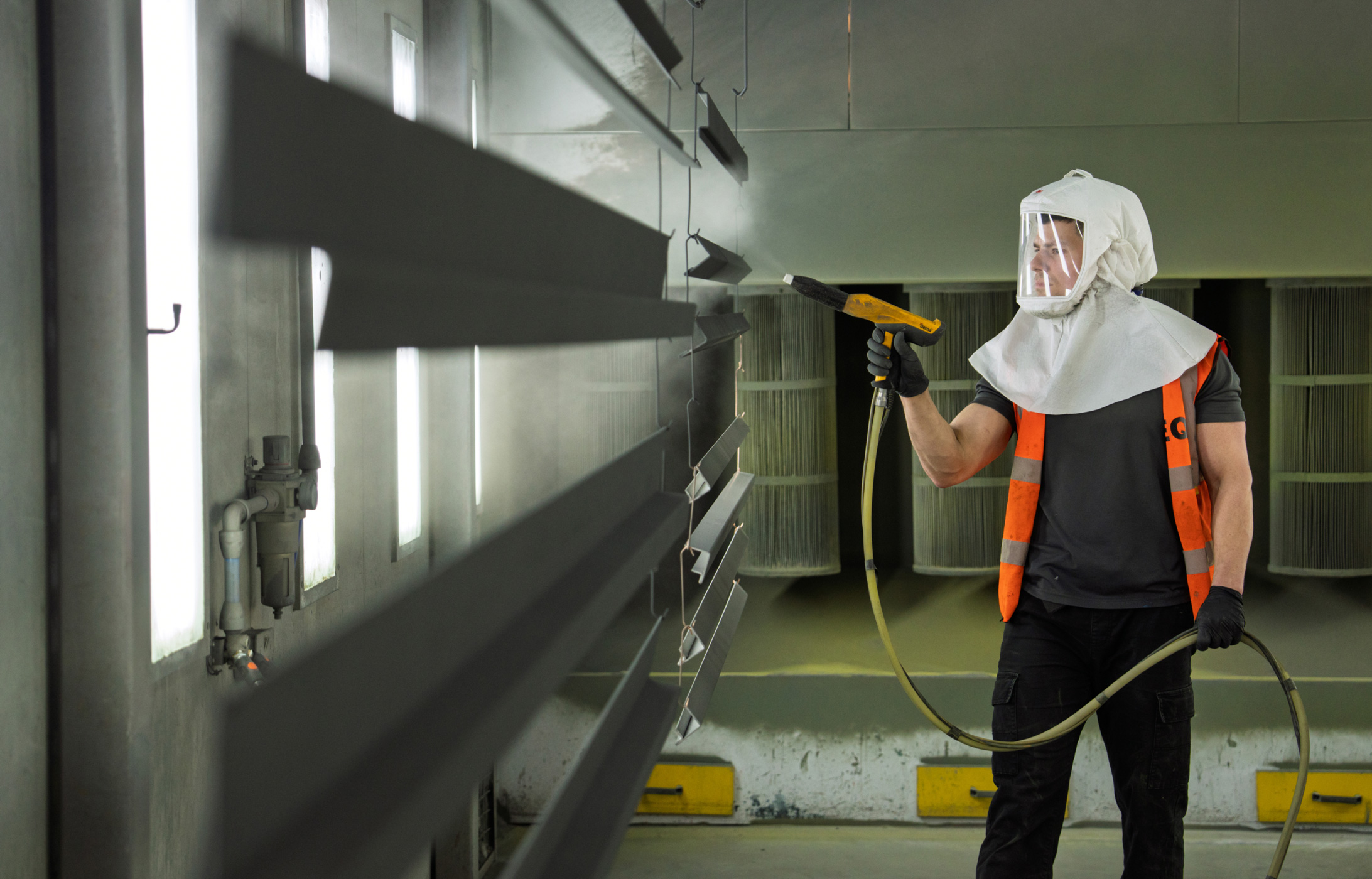
1
Nimble and multi-sourced
Given the uncertainty many OEMs face today, you need a nimble partner with flexibility across their supply chain with access to multiple points of origin. A forward-thinking supplier will have already established a multi-sourced manufacturing network, allowing them to match you with the best capabilities and partners for your project.
2
Able to consolidate services
Along with supply chain flexibility, consolidation of services is another essential quality to look for in a manufacturing partner. From engineering to production, machining, coating, and packaging, find a supplier who can coordinate and streamline all these logistics and do them more efficiently at scale.
A consolidated suite of services should also include inventory management. An ideal partner should be so entrenched in your day-to-day operations that they can provide insights into your consumption patterns, helping you keep the right products in the right places at the right time.
If the supplier is physically located near your operations, even better. Your manufacturing partner should have the facilities to warehouse your components, allowing you to gain efficiencies through just-in-time manufacturing and delivery. This approach saves you money, since you only have to pay for the components when you actually need them. You get the flexibility of having inventory on hand, but you can use your square footage to expand your operations and grow your customer base.
3
Provides a broad scope of capabilities and expertise
Some manufacturers will tell you they are experts in the products they supply, but the scope of products they offer is limited. You need a partner with the expertise and ability to go broader and a proven track record of producing various metal components using any type of metal and manufacturing process.
In the long term, your manufacturing partner should become an important part of your metal component product development team, so you can look to them for guidance on the best material and most efficient, cost-effective process for producing your products.

4
Ensures quality and efficiency with boots on the ground
Another reason it’s important to find a manufacturing partner who is physically located near your operations is that proximity allows them to control production at the source. Many companies will send people to do quality audits once a year. Still, you need a partner with experts in development, engineering, production, and customer service who are fully embedded with your team and have in-depth knowledge of your components and manufacturing processes.
Other on-site services to look for include project management, a full range of testing options to ensure the highest level of quality, and experts who can help you identify, inspect, audit, and select other qualified manufacturers to work with.
5
Easy to work with via digital tools
Perhaps one of the most important questions you can ask when searching for a manufacturing partner is, “Are they easy to work with?”. A good partner should have a digital platform that addresses everything from product development through order management and allows you to look up the status of new projects and invoices, launch RFQs, and more. Also, be sure they have the software to detail out all cost elements of a product, providing you with total transparency and confidence.
Contact Us
Interested in learning more about how EQI is uniquely positioned to help you? Let’s talk.
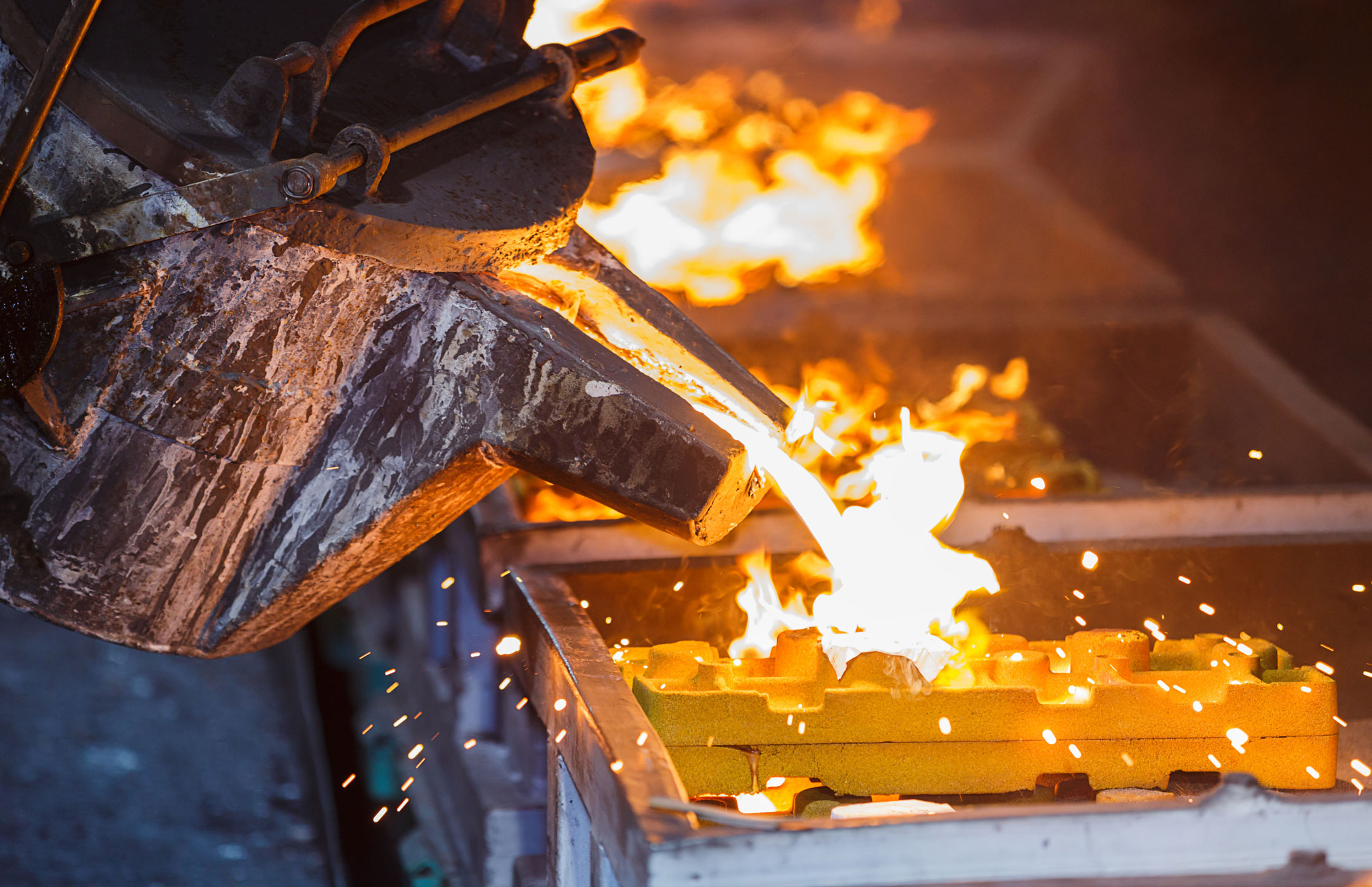
What’s the Best Metal for Your Casting Project?
EQI has been a leading supplier of metal castings for decades. Castings allow for the cost-effective creation of complex, three-dimensional parts to meet almost any application’s requirements. While all casting processes begin with molten metal, a variety of specialized molding processes are best suited to specific materials and part attributes.
Investment
Casting
Uses a wax pattern coated with a refractory material. Then, the wax is melted out and the mold is filled with molten metal.
Techniques:
- Silica sol process
- Combination process with silica sol – sodium silicate
Sand
Casting
Uses sand as the main mold material.
Techniques:
- Vacuum process sand
- Green sand casting
- Resin-bonded air or gas set sand casting
- Thermal set sand casting (shell molding)
- Lost foam
Die casting / Permanent Mold /
Semi-Permanent Mold
Uses metal molds and high pressure to force the molten metal into a mold.
Techniques:
- High-pressure casting
- Low-pressure casting
- Gravity pour casting
When selecting metal for a casting project, EQI will work with you to consider characteristics such as strength, hardness, machinability, corrosion resistance, and cost. With these factors in mind, EQI offers a broad range of iron, steel, and aluminum castings across nearly every casting manufacturing process.
Iron
Grey Iron
Known for its color, which comes from the graphite flake structure that develops during the solidification process. Grey iron is a popular choice because it’s cost effective.
Qualities
- Good machinability
- Great damping capacity
- Good thermal conductivity
Uses
- Pump housings
- Gears and valves
- Hydraulic parts
- Machinery bases
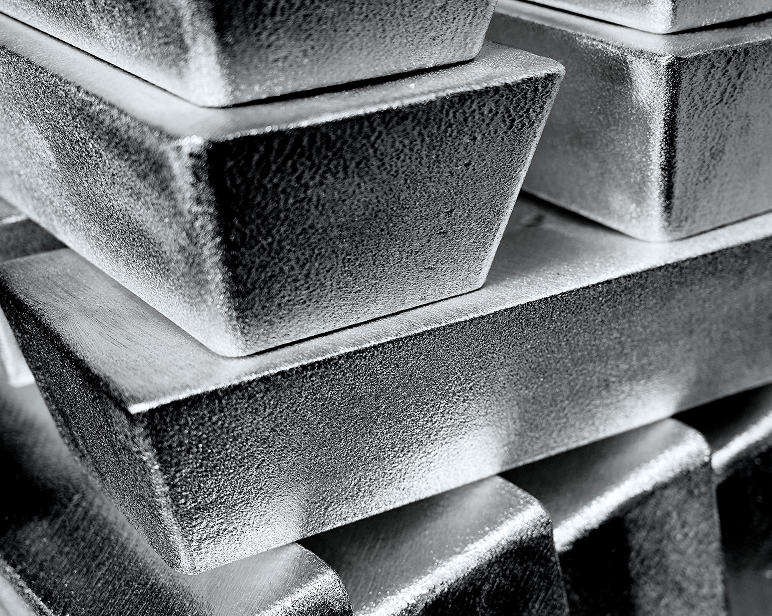
Ductile Iron (Nodular Iron)
A cast iron with spherical graphite structures in the metal that increase ductility and broaden the range of suitable applications. Stronger than grey iron, ductile iron can be alloyed to boost specific properties such as thermal resistance, strength, and elongation. Due to its high carbon content, ductile iron is a good candidate for various heat treatments to modify the microstructure and material properties further.
Qualities
- High tensile strength
- Superior ductility and improved impact resistance
- Excellent wear resistance
Uses
- Heavy-duty machinery components
- Critical structural and load-bearing components
- Hydraulic parts
- Machine tooling
- Fittings
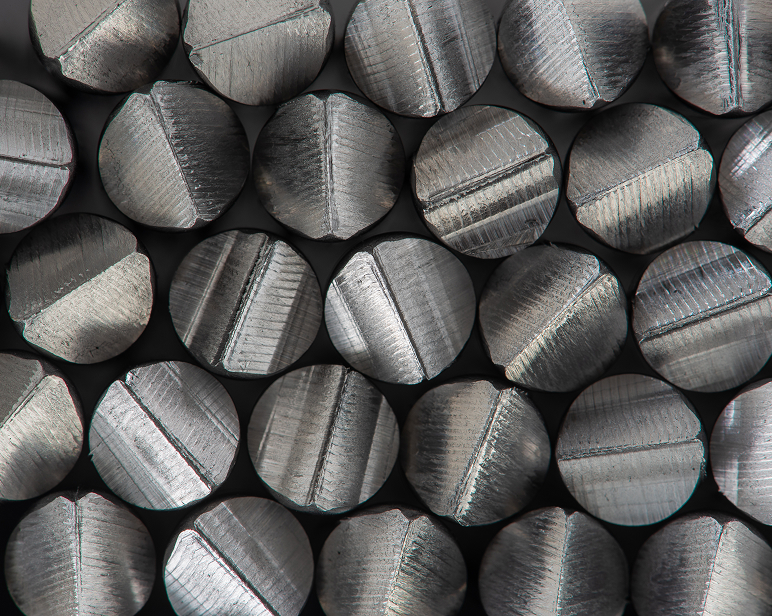
Steel
Carbon and Alloy Steel
Steels can be tailored for many applications by selecting the appropriate carbon and alloy content. Heat treatment can provide a wide range of strength, ductility, and hardenability. Carbon steel is versatile and economical, making it ideal for general machine and structural applications. It can also be easily welded up to specific levels of carbon equivalence.
Qualities
- High tensile strength
- Great ductility
- High machinability
Uses
- Industrial equipment
- Construction components
- Machinery parts
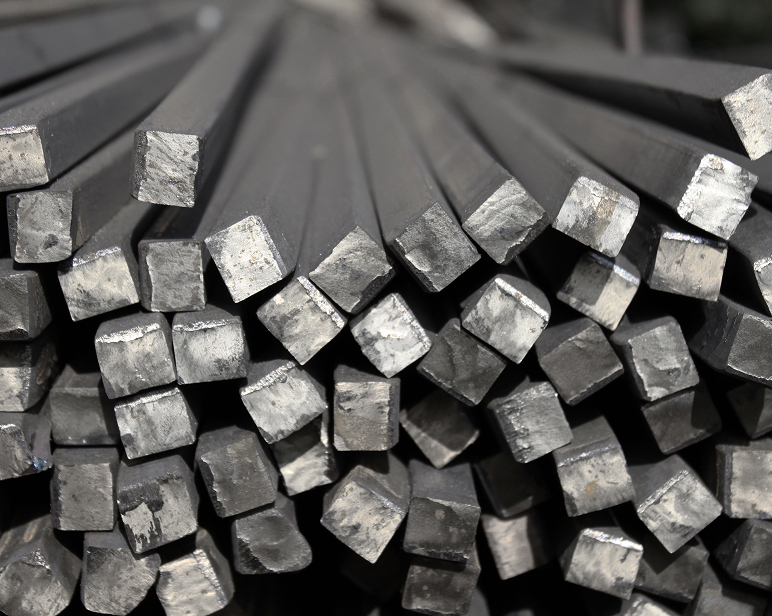
Stainless Steel
A ferrous alloy that is highly resistant to oxidation and corrosion due to added chromium that forms a protective oxide layer. There are over sixty different grades of stainless steel, and unique compositions are regularly added to the spectrum.
Qualities
- Corrosion resistance
- High strength
- Toughness
- Excellent thermal resistance
- Suitable in harsh environments (heat, cold, acidic) and hygiene applications
Uses
- Chemical processing equipment
- Pumps & valves
- Impellers
- Housings
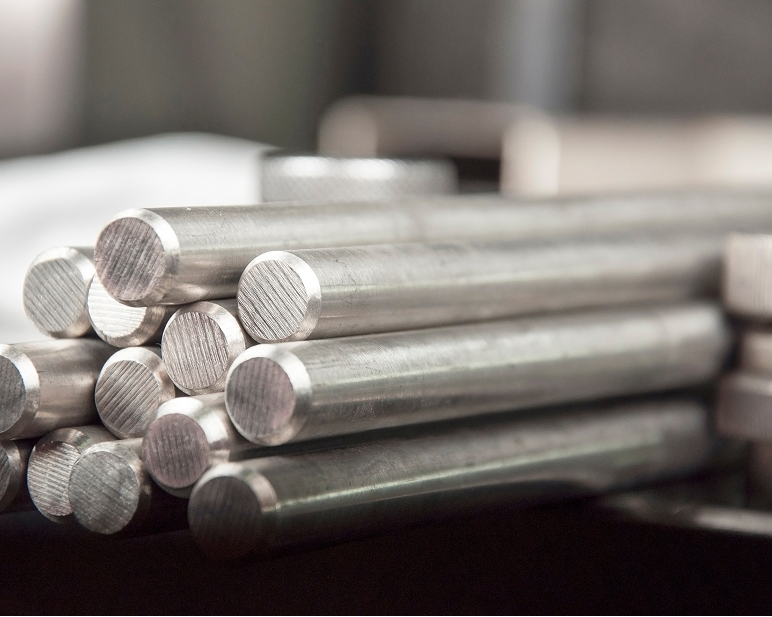
Nickel-Based Alloys
These alloys are often deployed in extreme working environments. The nickel matrix and alloying additions perform exceptionally in high-temperature and corrosive applications, often in the thermal processing, chemical, and petroleum industries.
Qualities
- Thermal resistance
- Corrosion resistance
Uses
- Industrial furnaces
- Water treatment components
- Marine parts
- Chemical processing equipment
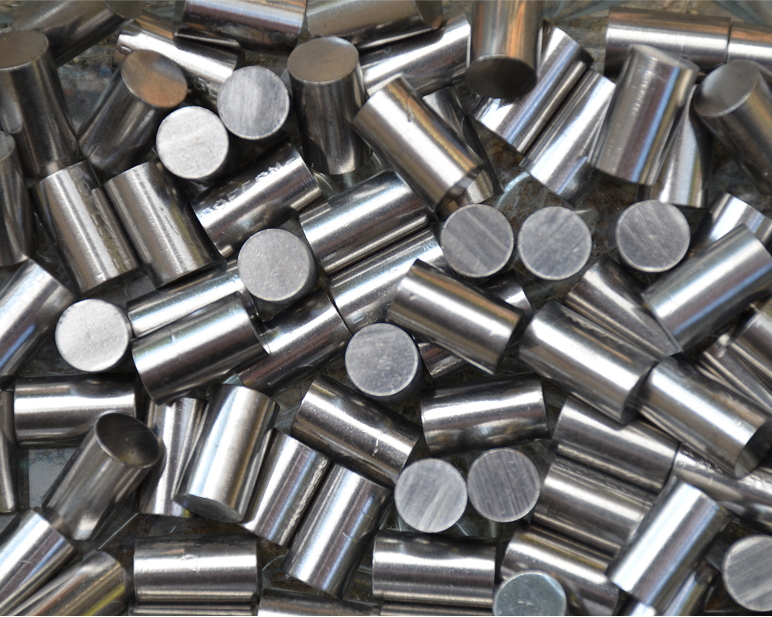
Aluminum Alloys
Aluminum alloys have a desirable strength-to-weight ratio, making them ideal for applications where weight is an issue.
Qualities
- High strength-to-weight ratio
- Good corrosion resistance
Uses
- Transportation parts
- Industrial components
- Marine applications
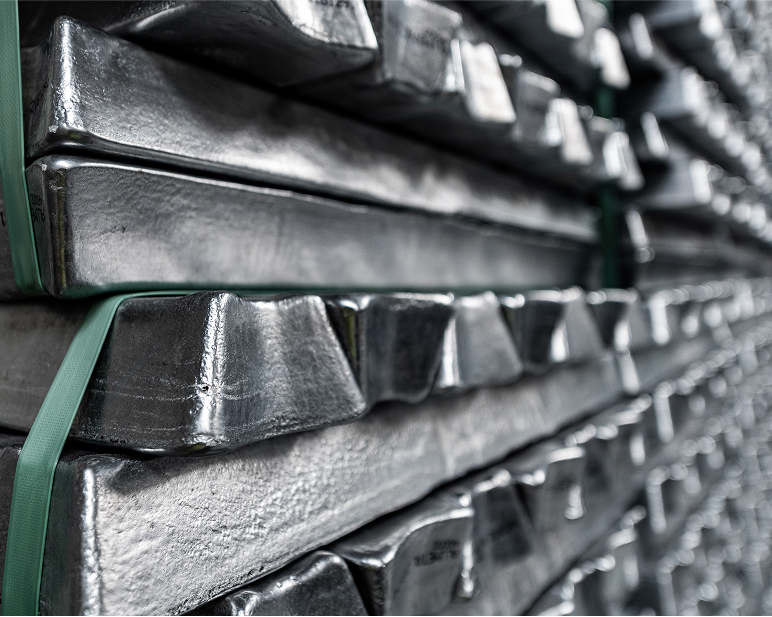
Contact Us
EQI is ready to help you determine which metal alloy best suits your needs. Get started with help from our metal casting experts.
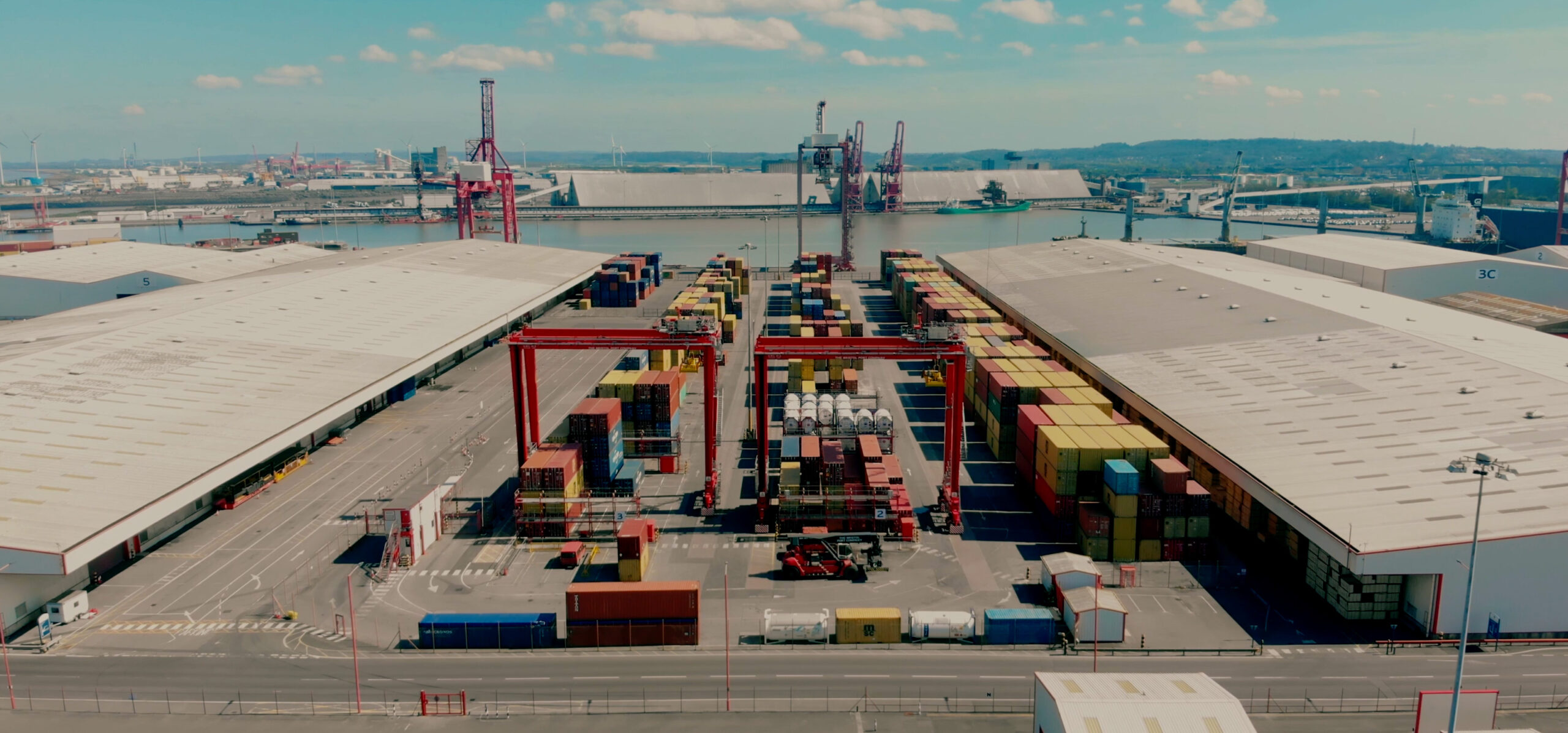
The Truth About Tariffs
Why EQI is uniquely positioned to handle any type of supply chain risk.
We’ve all heard the news about the tariffs, and many of you have come to us with concerns. How will these tariffs affect us? Where is the right place to do business?
Our answer to these questions is simple. Tariffs are just another type of supply chain disruption, and we at EQI are the most effective company in the world at mitigating risk for your metal components.
From the pandemic to environmental crises, government sanctions, and beyond, we have swiftly navigated every type of challenge you can imagine–including tariffs implemented by previous administrations.
We thoughtfully evaluate each customer’s challenges and create custom solutions, matching them with the best capabilities and partners for each project. To achieve this, we leverage our global manufacturing network, which empowers us to produce a diverse array of line-ready metal components that fulfill unique product needs.
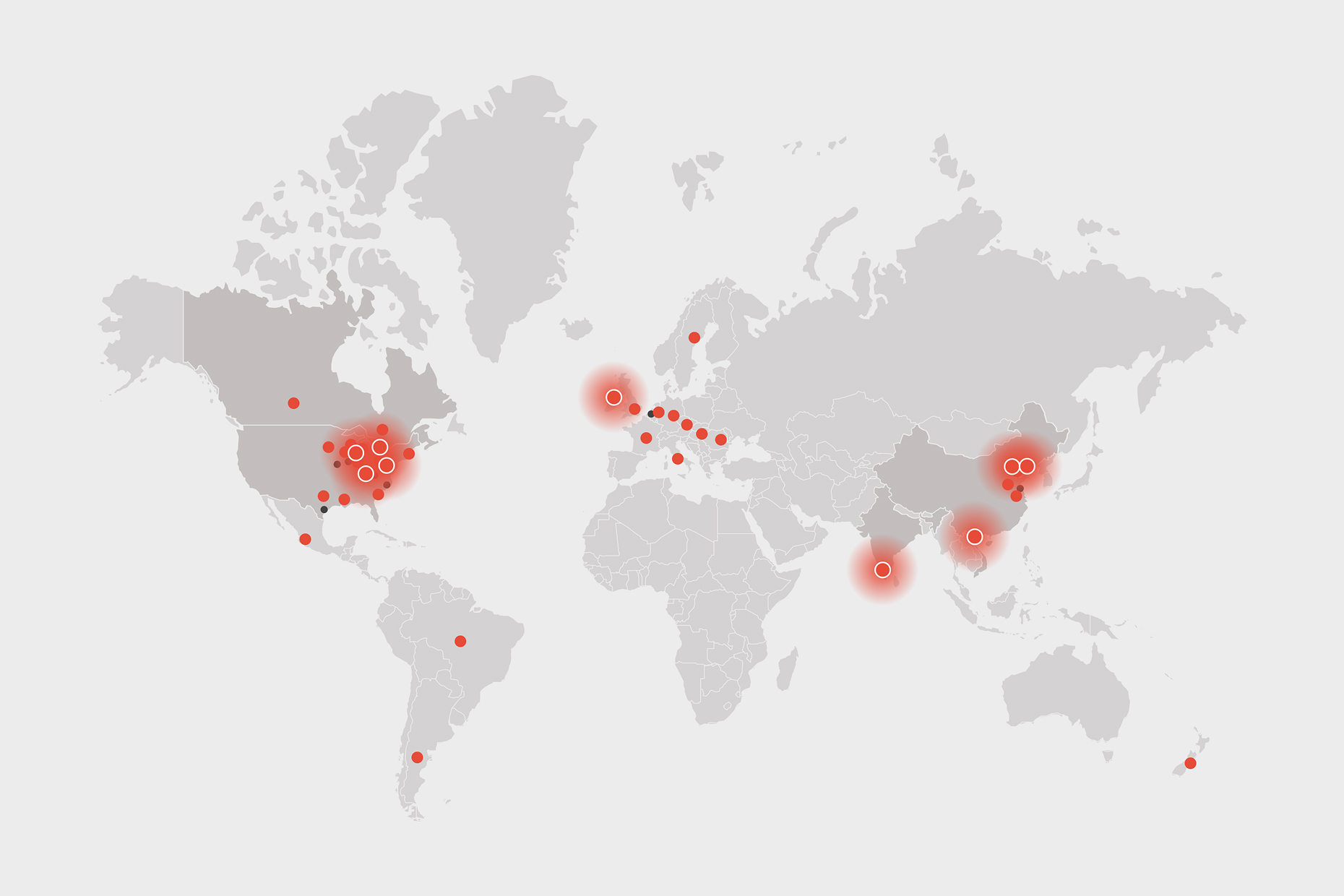
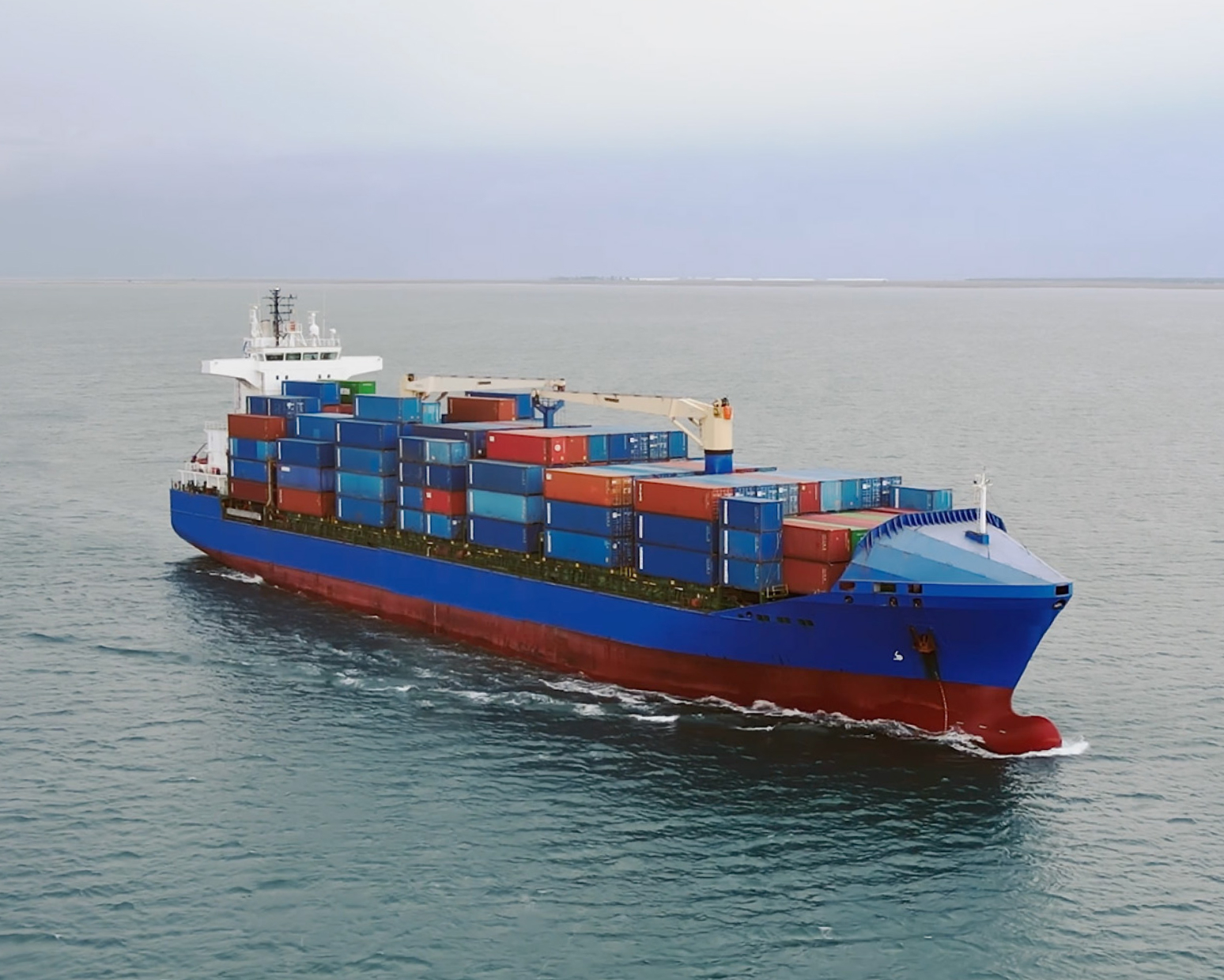
Let’s take a look at a few more reasons why EQI is uniquely capable of mitigating risk:
- Top-three global counterweight provider with years of experience managing risk.
- A leadership team that brings decades of experience in production, procurement, logistics, supply chain management, and more.
- Spent over 20 years developing an extensive supply chain in China and have maintained strong relationships with production partners there. China continues to produce high-quality, lower-cost products, even with the tariffs.
- Developed strong partnerships with suppliers in India, Vietnam, and North America, doubling our capacity and enhancing our ability to swiftly source outside of China as needed.
- Established global logistics and shipping partners. Other competitors in this market don’t have the same type of access to large-scale options. For example, EQI ships over 8,000 containers per year.
When you partner with EQI, you gain access to a comprehensive range of capabilities. We will expertly handle your shipping and logistics and offer value-added services such as coatings, warehouse and inventory management, machining, and assembly.
This extensive range of services simplifies supply chains and provides certainty, transparency, and resiliency in the face of any type of risk.
Contact Us
Interested in learning more about our risk mitigation capabilities? Contact us today.
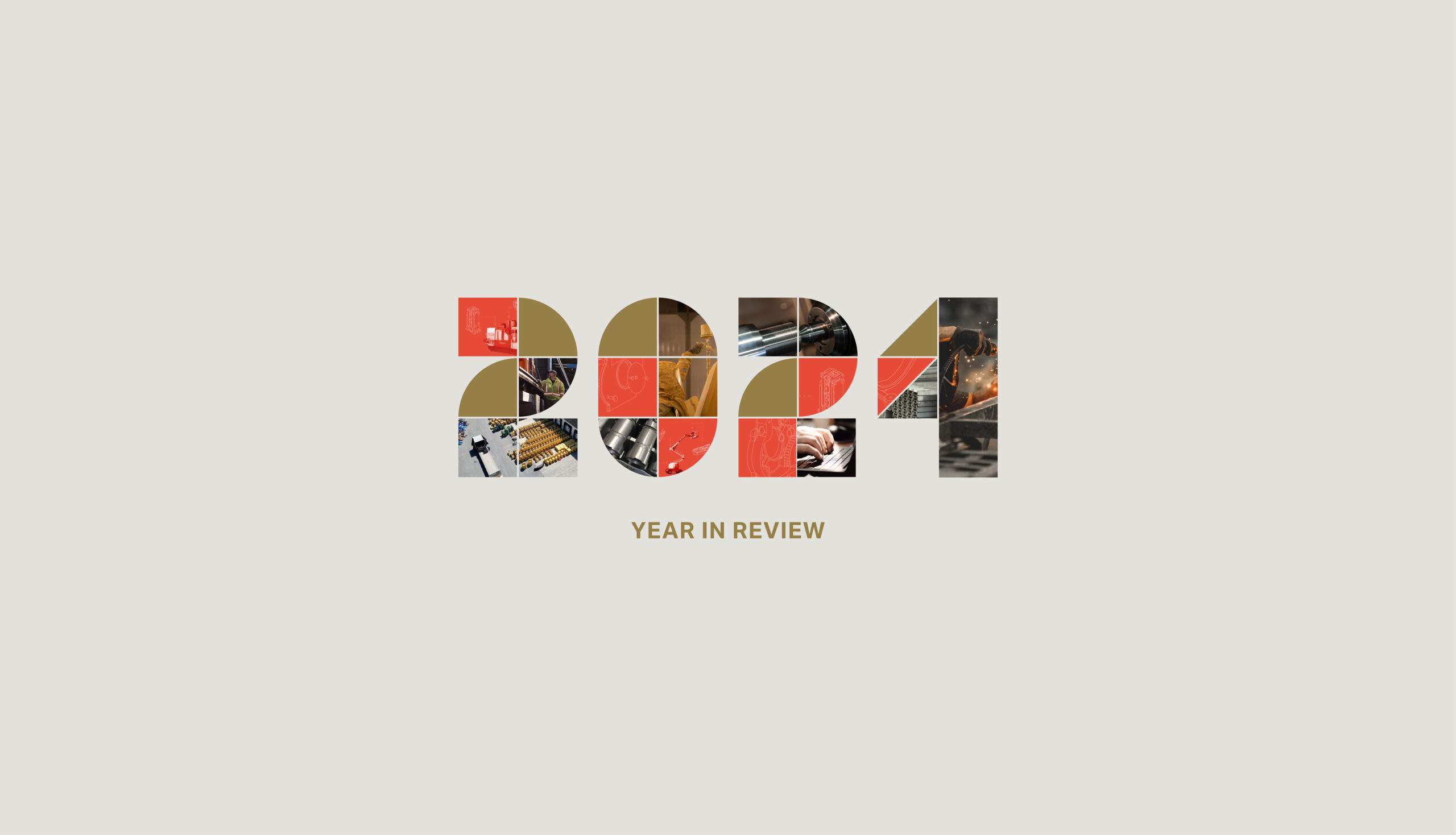
Celebrating Our Wins in 2024
Thanks to our partners and the entire EQI team for all we’ve achieved in 2024.
At the close of every year, the EQI team takes time to celebrate the goals we’ve reached. We’ve had a lot to be thankful for in 2024. So let’s take a by-the-numbers look at everything we’ve accomplished with help from our customers, employees, and industry partners.
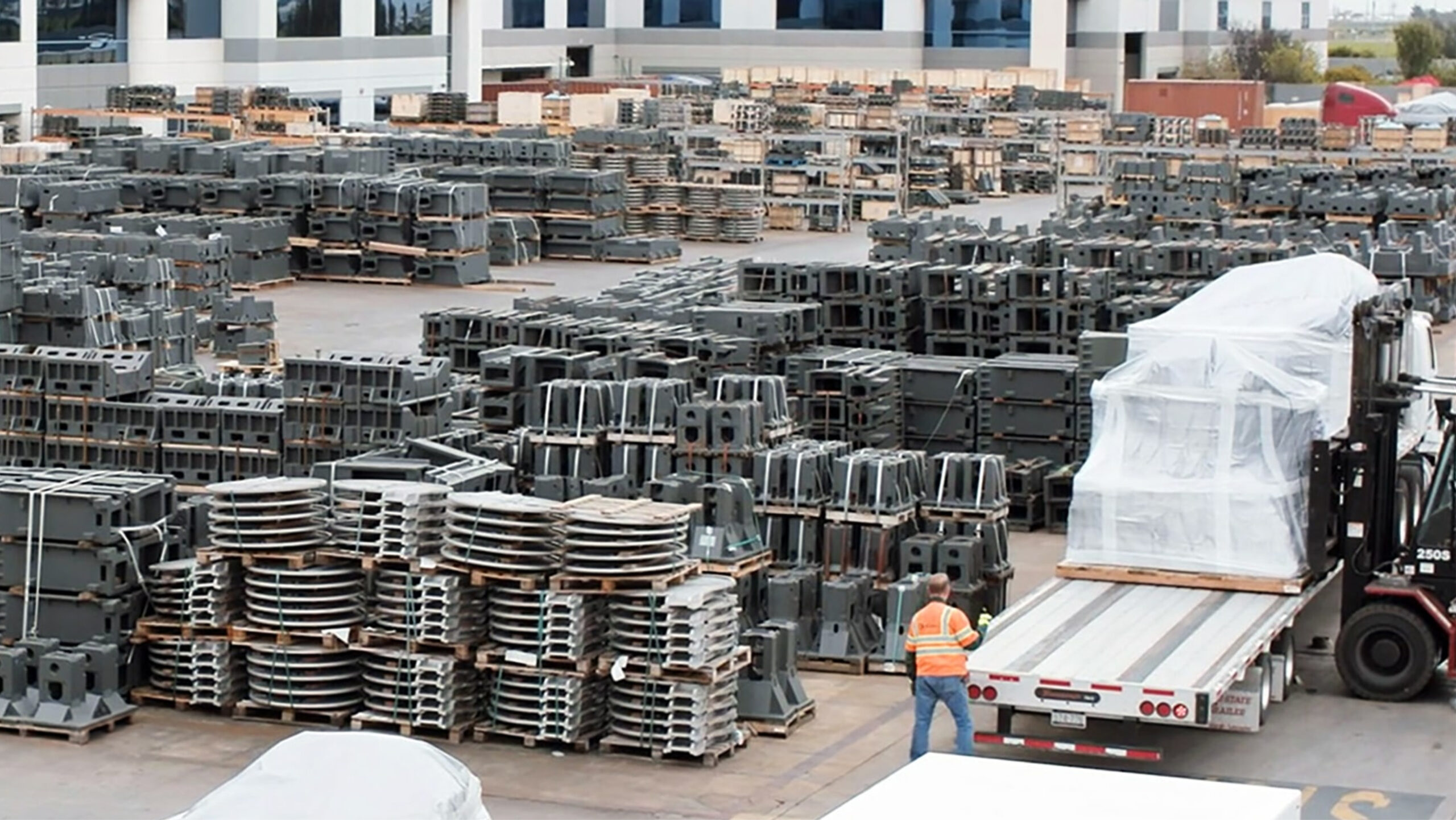
Expanding Facilities
+5 acres
Of additional outdoor warehouse storage space in the US
+62,000 square feet
Of indoor warehouse and manufacturing space between the US and UK
+1
New location in Kentucky with increased storage and manufacturing
Extending Capabilities
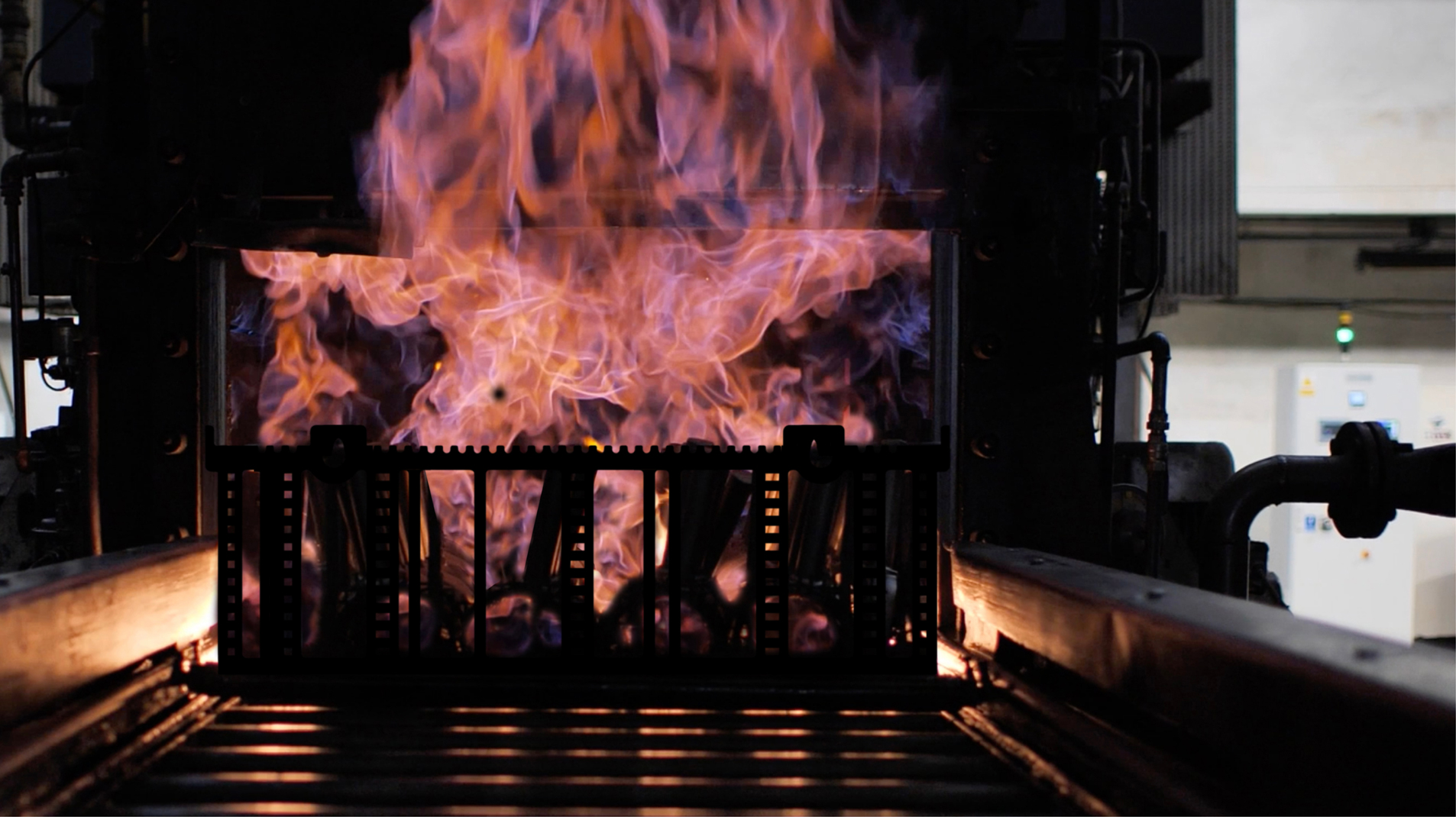
Acquired Pro-Tech, adding thermal processing components to our capabilities
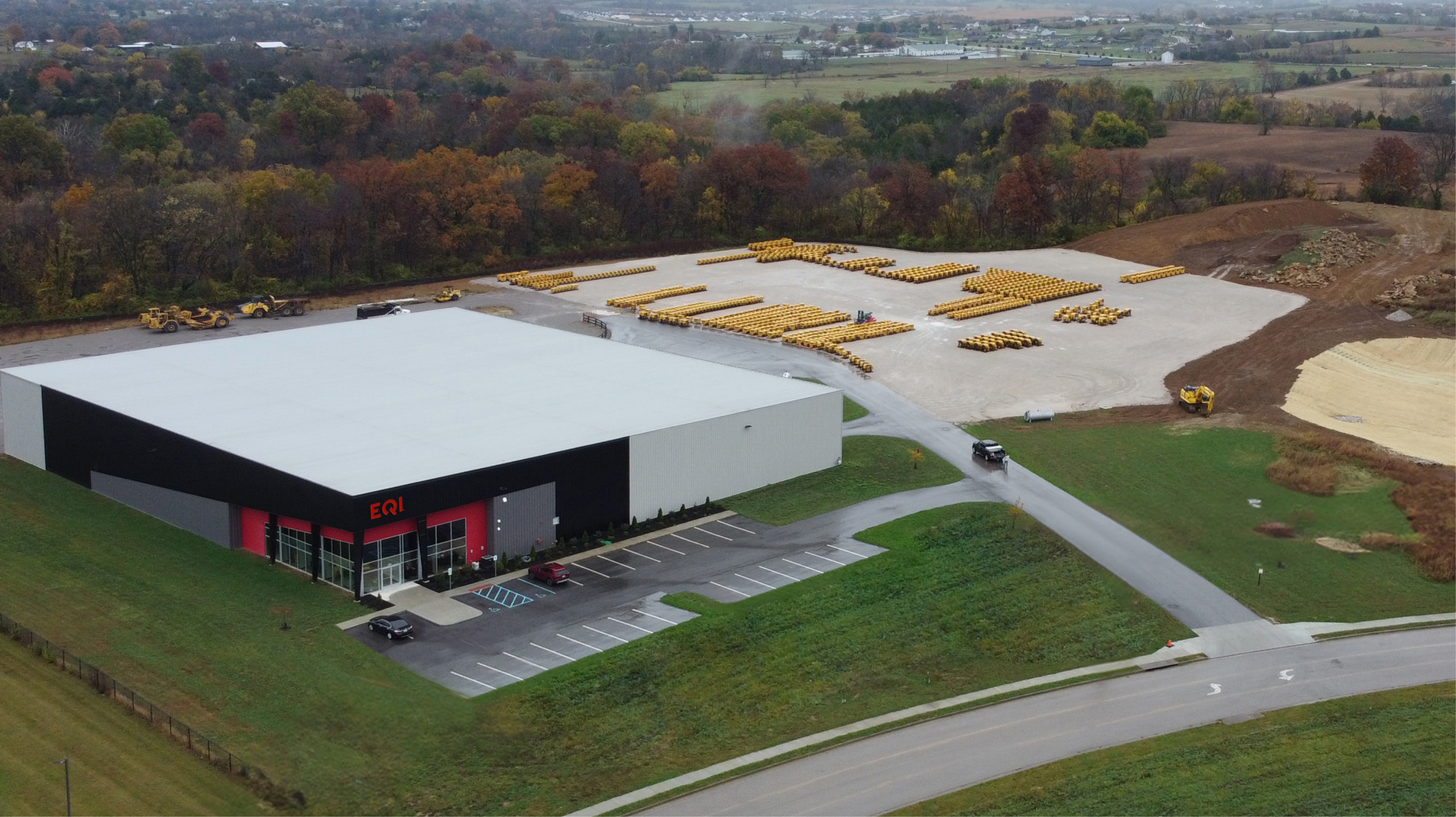
Added wet paint capability in Kentucky
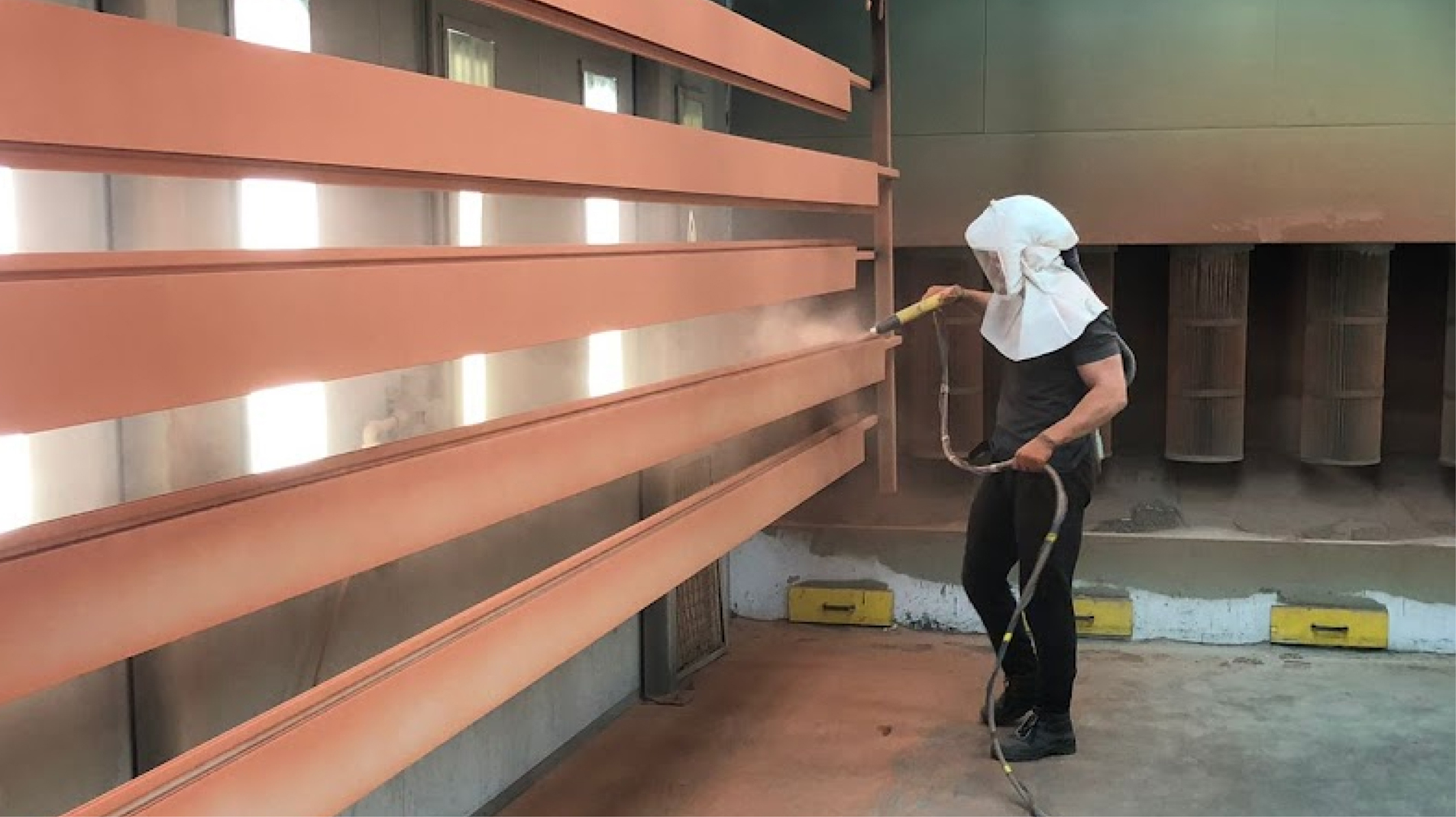
Added powdercoat line for extruded aluminum
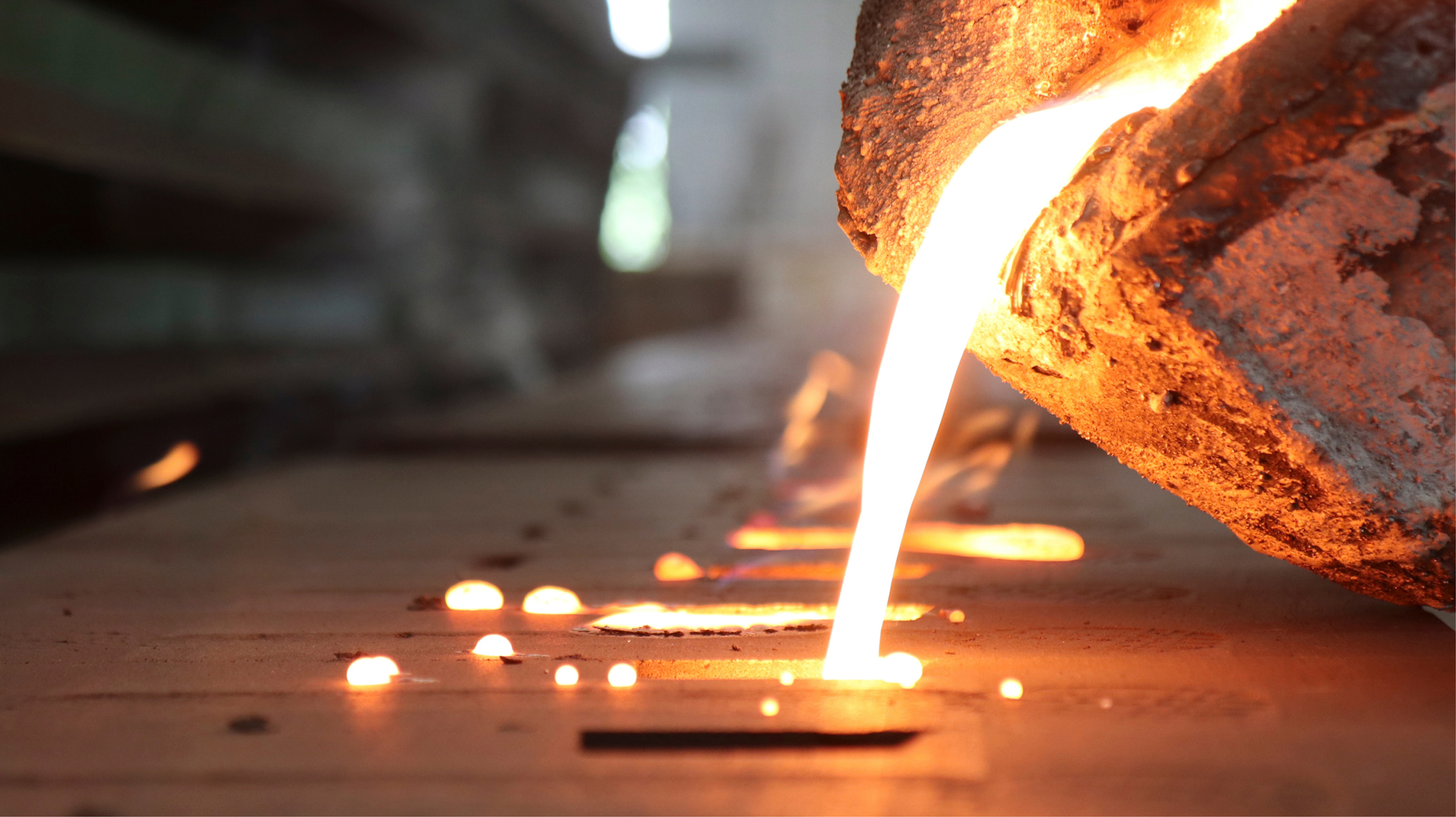
Added a sourcing location in Brazil
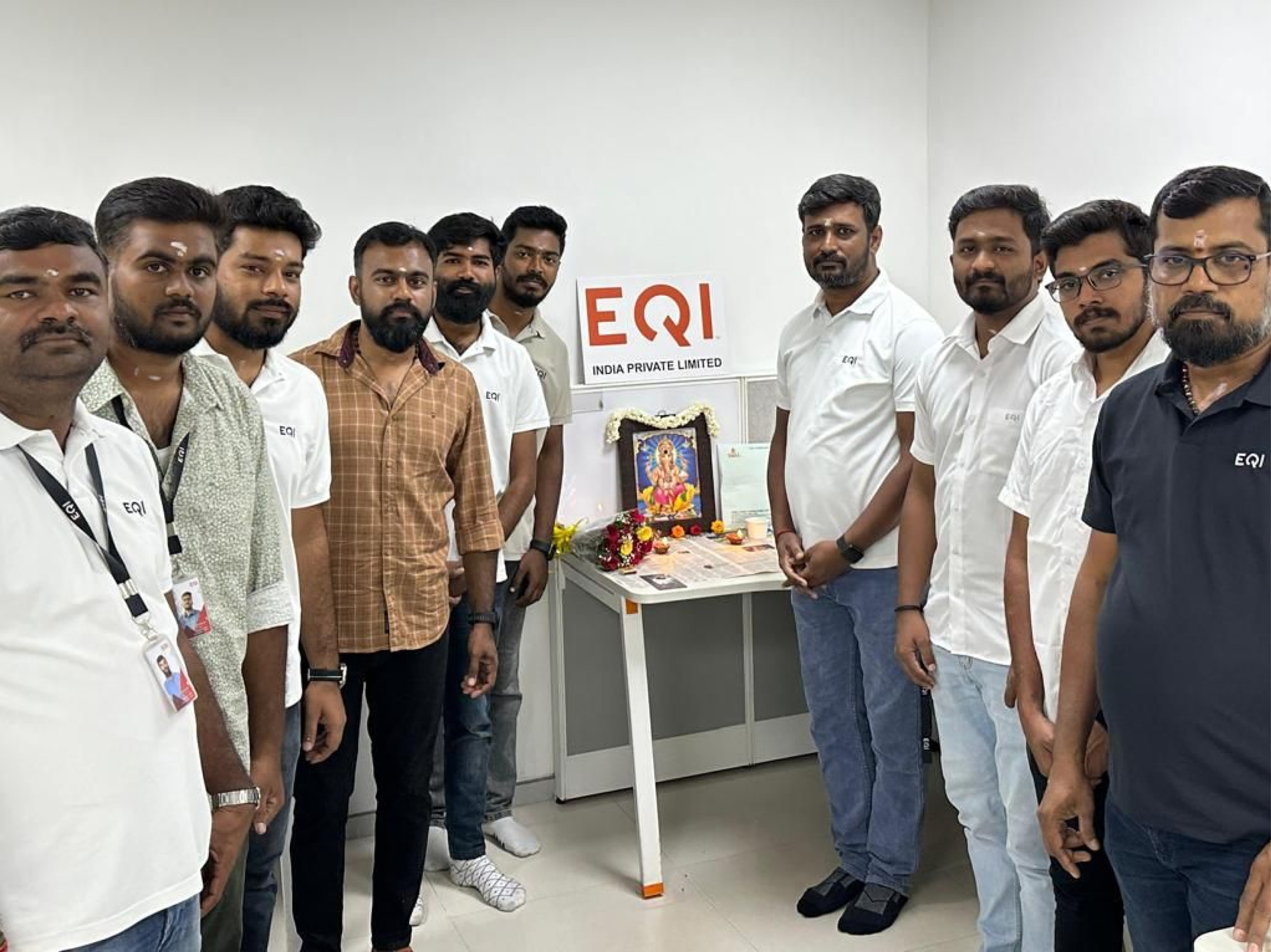
Growing our Team
Increased headcount to 357 employees
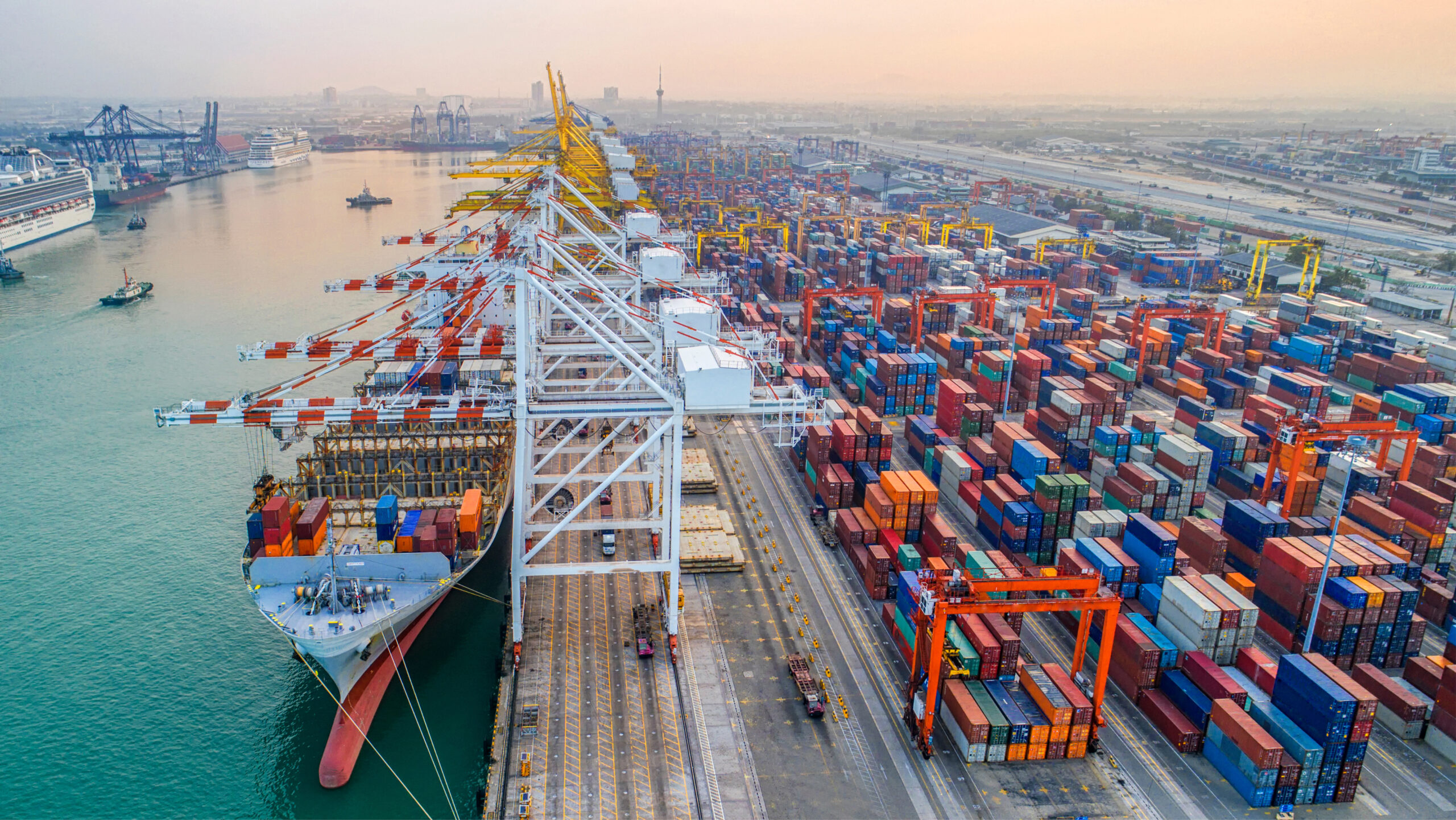
Making an Impact
+6,500
Containers shipped
268
Customers served
1st
Tradeshow booth at GIFA in Indonesia
Contact Us
Interested in streamlining your supply chain and enhancing your manufacturing process? Contact us today.
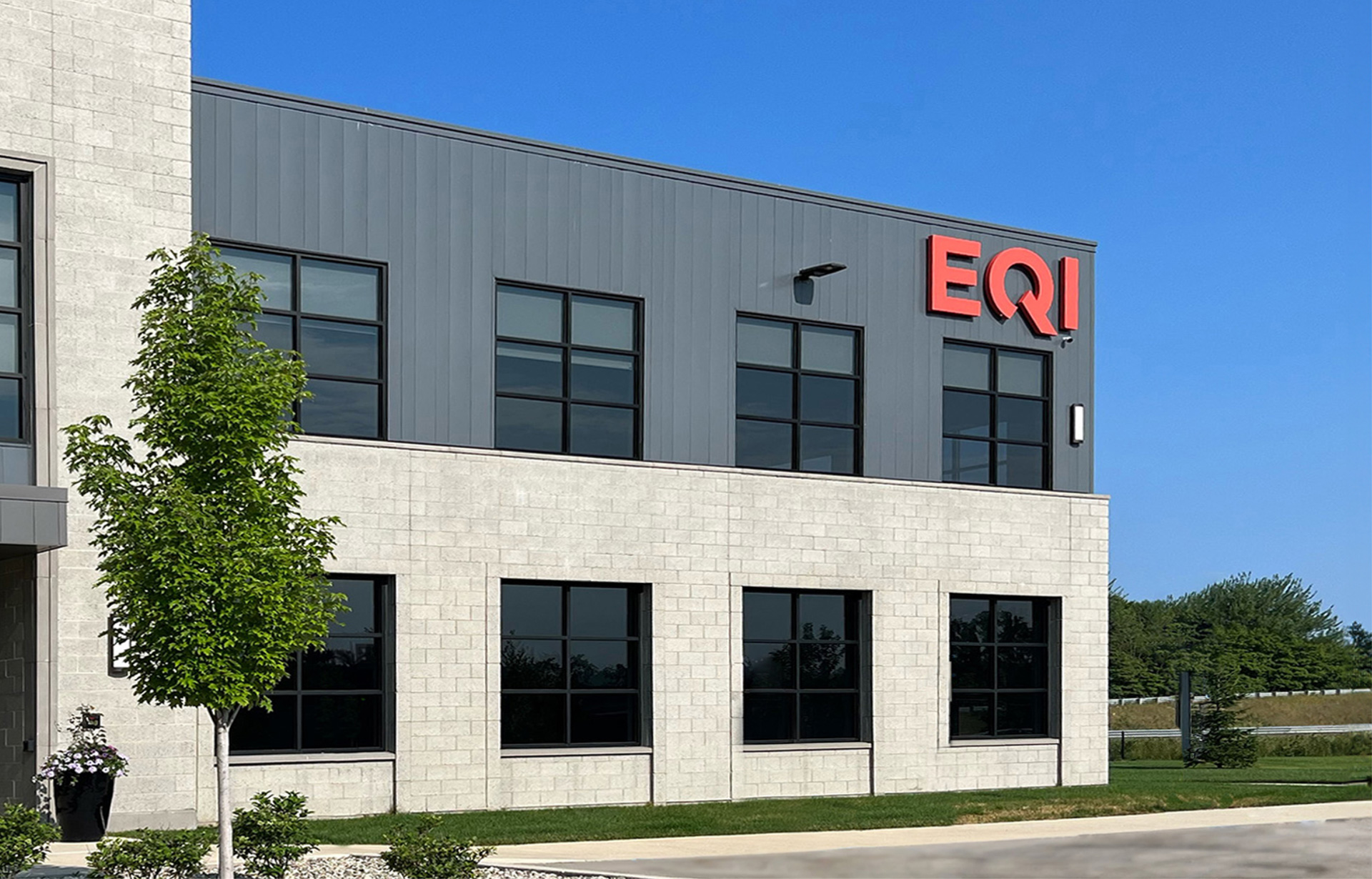
Serving Customers Globally, Adding Value Locally
How EQI blends global support with localized services to help customers meet their goals.
Providing Holistic Support Globally
EQI is a service-centric organization that continually seeks to add value to its customers. As part of this effort, we’ve developed a facility strategy that allows us to support OEMs in global industrial markets.
The first part of this strategy is our established network of global headquarters located in critical regions. Our US, Canada, China, India, and Vietnam headquarters offer comprehensive services, including product design and development, engineering services, logistics management, quality, program management, and demand planning to name just a few.
These headquarter locations also allow EQI to be seamlessly embedded into our global network of highly qualified suppliers, and provide on-site program management, quality oversight, scheduling, and WIP tracking. If challenges arise, EQI is onsite and ready to troubleshoot in real-time.
With this enhanced global footprint and unique service platform, we’re able to provide supplier services that improve efficiencies and reduce cost.
Our Global Headquarters and Services
- Concurrent Engineering and Simulation
- Program Management
- Quality
- Value Added Service Coordination
- Forecasting
- Demand Planning
- Strategic Sourcing
- Supplier Qualification and Development
- Logistics Management
- Engineering
- Program Management
- Design for Manufacturability
- Quality
- Value Added Service Coordination
- Warehousing
- Inventory Management
- Assembly
- Repair
- Precision Machining
- Metrology Lab
- Logistics Management
- Supplier Quality Engineering
- Program Management
- Quality
- Outside Service Coordination
- Production Control
- Logistics Management
- Supplier Quality Engineering
- Program Management
- Quality
- Outside Service Coordination
- Production Control
- Logistics Management
- Supplier Quality Engineering
- Quality
- Program Management
- Outside Service Coordination
- Production Control
- Logistics Management
Adding Value through Localized Facilities
Cost containment, process efficiency and risk mitigation are priorities for our customers. Recognizing this, EQI is committed to providing value-add services that free up space and improve efficiency in our customers’ facilities.
EQI establishes one-stop-shop facilities near high-priority customers to help streamline their operations. At each of these locations, we develop processes and services that solve specific problems for our customers. Services we’ve developed include warehousing, inventory management, assembly, coatings, and repair.
We help our customers consolidate supply chains, streamline communication by minimizing contact with multiple suppliers, open critical square footage in their facilities, manage inventory across multiple categories, and deliver just-in-time, line-ready metal components.
Our Localized Facilities and Services
- Warehousing
- Inventory Management
- Assembly
- Repair
- Wet Paint Coatings
- Sequenced Deliveries of Line-Ready Components
- Warehousing
- Inventory Management
- Repair
- Light Assembly / Special Order Customizations
- Sequenced Deliveries of Line-Ready Components
- Wet Paint Coatings
- Powder Coatings Available Q1 2025
- Warehousing
- Inventory Management
- Assembly
- Repair
- Wet Paint Coatings
- Powder Coating
- Sequenced Deliveries of Line-Ready Components
- Warehousing
- Inventory Management
- Precision Machining
- Metrology Lab
- Outside Service Coordination
- Repair
At EQI, we promise to provide our customers and suppliers with the highest level of partnership and service. To deliver on this commitment, we are continuously looking to grow our global footprint strategically. Look for this list of locations, facilities, and capabilities to grow in the future!
Contact Us
Interested in streamlining your supply chain and enhancing your manufacturing process? Contact us today.
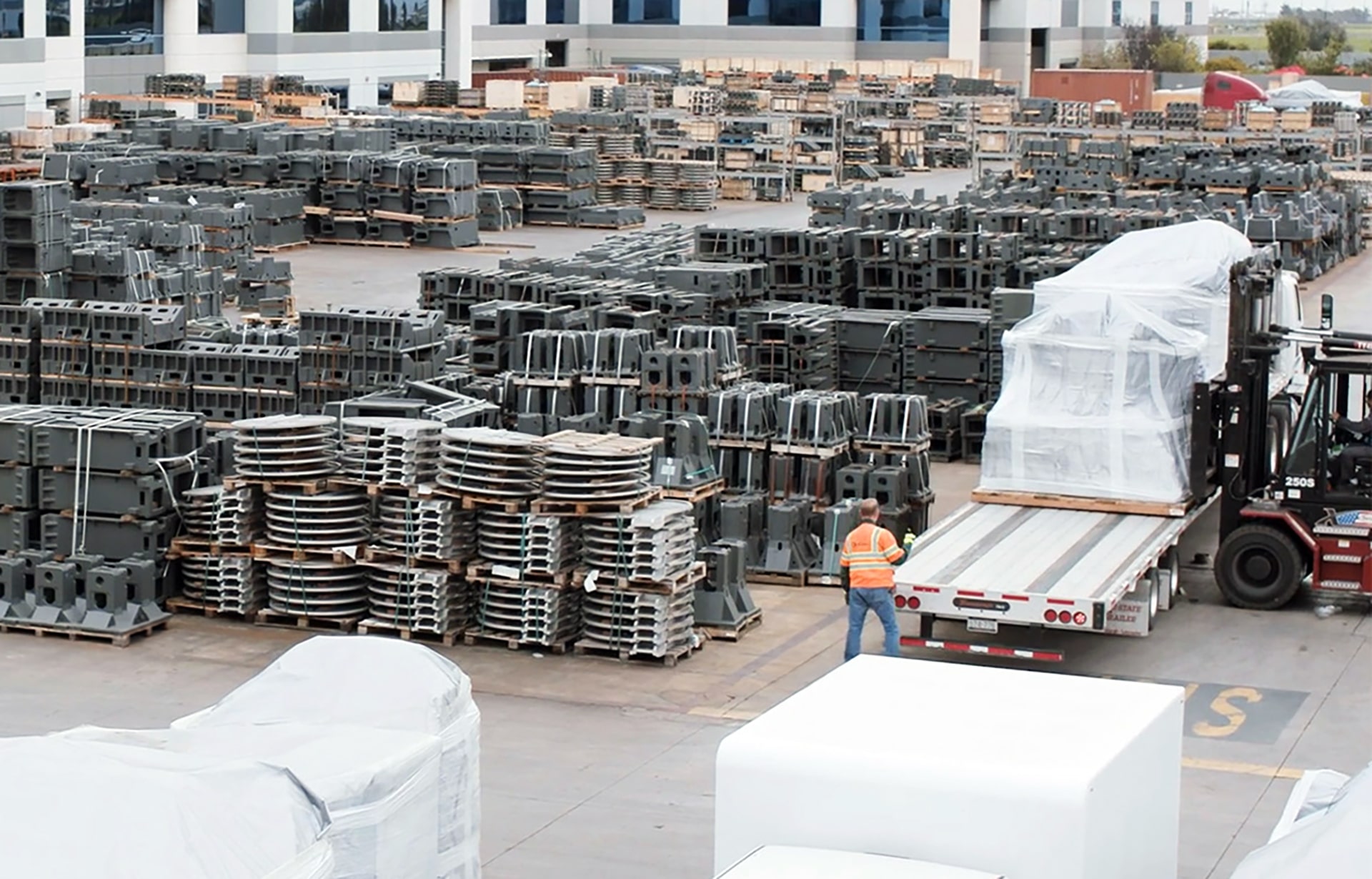
Strategies for Overcoming Warehousing Challenges
Managing a warehouse is no simple task, especially when you’re a growing company focused on continuous improvement. At EQI, we’re always looking for ways to align our warehousing operations with our growth to efficiently fulfill our customers’ precision machining and casting needs. Read on to discover five warehousing challenges we’ve faced over the years and the strategies we’ve used to overcome them.
Space Utilization
Optimizing space usage is critical in any warehouse setting. A Warehouse Management System (WMS) can help you identify the most frequently picked items and arrange storage locations to minimize the distance traveled for picking. New racking and storage technology, such as high-density automated storage and retrieval systems (AS/RS), can also help you utilize your space more efficiently.
Inventory
Not surprisingly, the most significant challenges in a warehouse involve inventory. Knowing, storing, and using what you have at the right moment can be complex. At EQI, some of the processes we use to ensure inventory accuracy include:
- Using FIFO (First In, First Out) to rotate material
- Utilizing an A-B-C Cycle Count Process
- Auditing inventory frequently
- Completing yearly inventory counts
- Adhering to revision control standards
Product Picking
Inefficient product picking is a significant waste of time and money. To combat this, EQI documents and reviews current processes to highlight sources of inefficiencies and improve warehouse operations. Then, we relocate products to allow for more efficient picking and packing. We’ve also added automation and barcode technology that quickly identifies where a product is stored, reducing the time it takes to locate and move items.
Communication
One of the biggest challenges in a logistics chain is improving communications. If everyone involved in supply chain decision-making is aligned, planning and executing shipments can be seamless. You can also empower warehouse staff—many of whom are constantly on the move—to better communicate by integrating smartphones, two-way radios, wearable GPS devices, and Manufacturing Execution Software into your operations.
Although EQI utilizes communication tools and technologies, we believe face-to-face communication is still the best practice. Our teams hold daily warehouse meetings to discuss priorities, share concerns, and solve logistics issues.
Customer Experience
Superior customer service is a top priority for EQI. That’s why we have an extensive global network of warehouses to serve more clients in more places. We’ve strategically positioned these locations to provide same-day, customized services that help customers keep their costs low. To streamline efficiencies, we also offer value-added services, such as painting (wet and powder), machining, kitting, assembly, inspections, and rework/repair. We aim to provide a comprehensive warehousing service that takes the complexity out of managing multiple vendors for our customers.
Contact Us
Interested in learning more about the strategies we’ve used to overcome warehousing challenges? Contact us today.
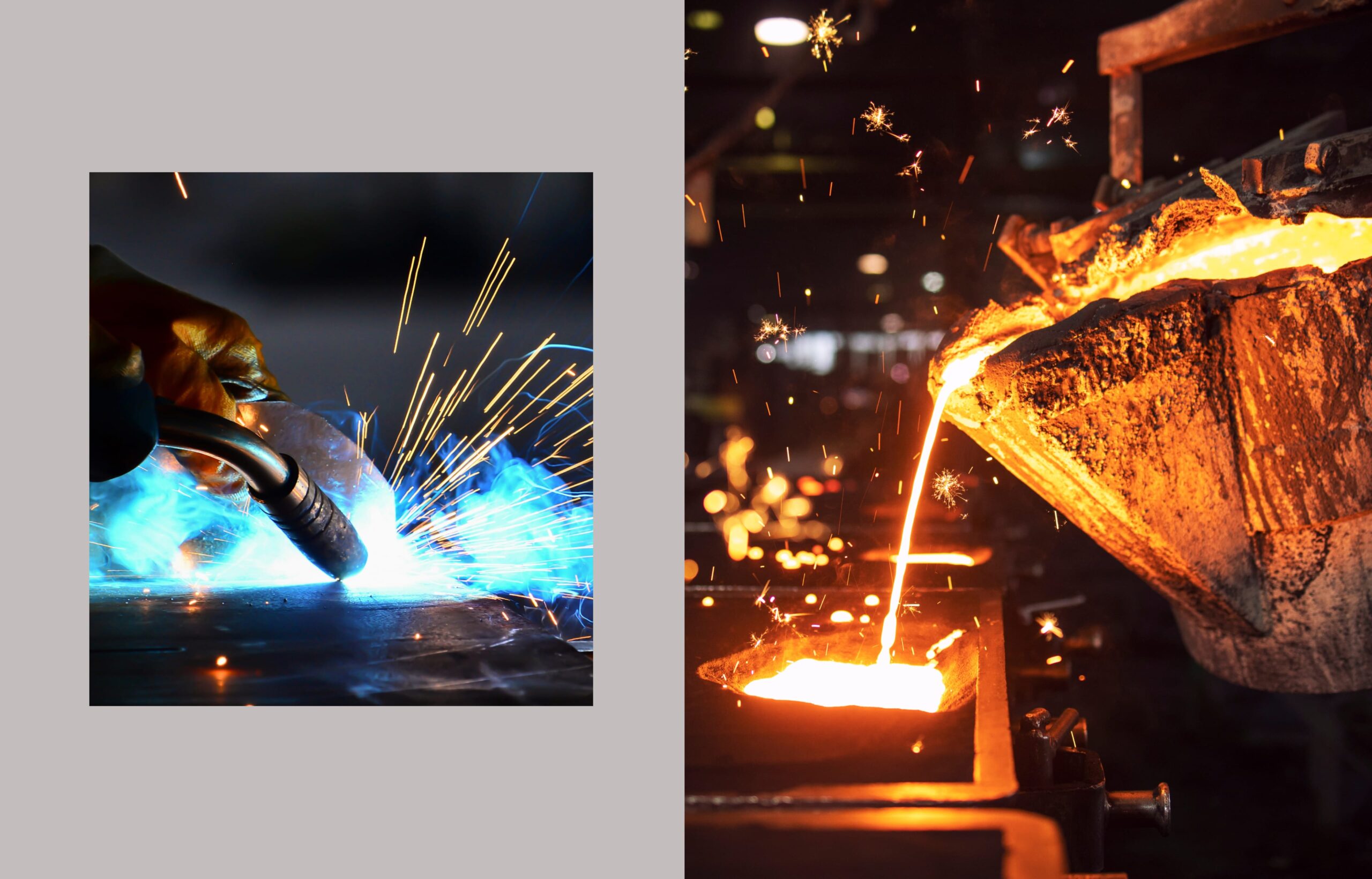
When Is Casting an Effective Alternative to Fabrication?
Castings are the right choice for many metal product applications. It’s not unusual to prototype a new product using a fabricated assembly, but once production starts, the inefficiencies of cutting, shaping, and welding individual components together begin to add up. In contrast, castings are efficient because material is only applied where needed, and welding is eliminated. In many instances, casting can save time and money while increasing quality. So, how do you know if casting is right for your product?
Determining if Casting is a Good Fit for Your Design
We’ve compiled a list of seven considerations to help you decide if casting is right for your next project. It’s important to explore all these factors before switching from fabrication.
- Complexity – Casting is great for parts with complex geometry because it allows you to quickly create a repeatable and consistent shape. Cored or hollow sections are also possible, sometimes for little additional cost.
- Size & Thickness – Allowing for appropriate solidification and metal flow, wall thickness of 4 mm or less can be achieved, with variation depending on material and geometry. Casting is possible for isolated thin or thick sections, but the overall design will require expert analysis to ensure success.
- Strength Requirements – Fabricated joints can be weak spots. In contrast, castings are produced as one piece and can leverage more organic geometries to integrate ribs, gussets, and other strengthening features. This means they are more structurally sound and durable in the long term.
- Quantity – Fabrication works if you only need a few pieces. Casting may be a more cost-effective option if you need hundreds of pieces. The break-even point gets even lower as the number of components increases in the fabricated assembly.
- Quality – Casting can improve quality and longevity by reducing welding stress, improving machinability, and increasing dimensional consistency and strength.
- Efficiency & Cost – Producing a large quantity of fabricated parts requires considerable welding time and cost. Multiple pieces also mean multiple drawings, more production and shipping coordination, and increased inspection time.
- Materials – With casting, you have great freedom to specify material options to tailor to the application.
Achieving Optimal Performance Through Casting
Our best practice is to align engineering with a casting expert during the design phase for any new component. This ensures that the material and process selection meets the design requirements. We also focus on what best suits your fit, form, and function needs to achieve quality standards at a competitive cost.
Another way we achieve optimal performance is by coordinating the casting process with the desired mechanical properties of the material. Understanding the end use for the casting helps us determine subsequent processing steps, like heat treatment or shot blasting, which can impact the mechanical properties. Our capable design team will help you choose the right material for the application and identify any secondary processes or testing to ensure the material properties meet your needs.
Working with EQI on Casting Conversion
EQI offers a streamlined process to help you successfully transition to cast products. We also have fabrication to casting conversion solutions for various components to reduce weights, optimize design, and decrease costs for OEM customers. When you work with us, you can expect the following process:
- Work together to identify opportunities for casting
- Provide design feedback on geometry, materials, and process
- Give preliminary feedback on directional pricing
- Create CAD model of new part
- Validate the design using advanced modeling for flow and solidification
- Provide a firm quote after the drawing/ design is finalized
- Produce samples for PPAP approval
- Launch production
Contact Us
Interested in making the switch and learning more about our range of fabrication and casting solutions? Contact us today.
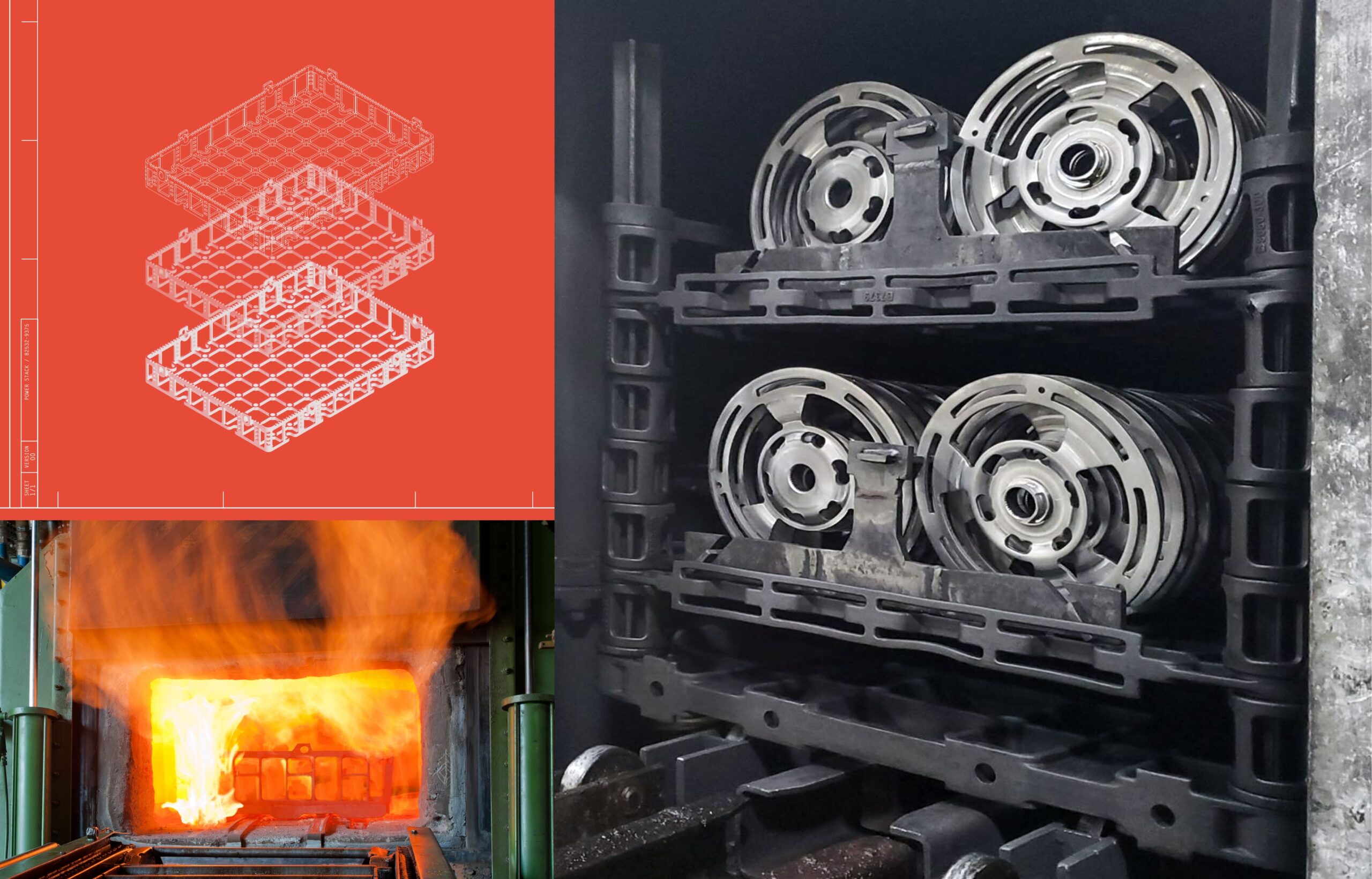
How You Can Save Time and Money with Cast Baskets
When it comes to the baskets your operation uses for heat treating and thermal processing, it may seem easier and more foolproof to choose the same bar frame baskets you’ve used for years. Hundreds of our customers, however, will tell you there’s a better way. Our cast baskets are engineered to withstand heavy-duty loading requirements that outlive and outperform traditional bar frame designs.
Are You Still Buying Bar Frame Baskets?
Many of our customers are die-hard bar frame basket buyers. And we do understand the appeal. First, bar frame baskets typically have quick lead times and are affordably priced. There’s no need for tooling to produce them, compared with cast baskets, which can be expensive. That said, there is a tradeoff that comes along with the affordability of bar frame baskets. Bar frame baskets have a lower level of carbon and nickel, which means they lose their integrity and shape in six months to a year. So, while paying less initially, you will purchase bar frame baskets more frequently–ultimately costing you more time and money.
Why Make the Switch to Cast Baskets?
The bar frame baskets you’ve been buying may work for your operation, but you might want to consider a more durable, consistent, heat-efficient option that can optimize throughput.
First, cast baskets hold their shape longer than bar frame baskets and have better heat efficiency. With a life span of one and a half to two years, their improved dimensional stability results in a more consistent end product. This reduces the need for post-processing or rework following the thermal cycle.
By leveraging our expertise in specialized fixturing and our cast baskets, you can achieve optimal loading and surface contact, preventing part deformation. In addition, our cast baskets offer a thinner wall cross-section, providing 7-10 percent more loading capacity than frame-welded basket designs.
When you decide to invest in our cast baskets, our team will help identify the best size, shape, and combination of components to optimize your loads. We will leverage our pattern inventory of hundreds of designs and sizes that fit most base trays and furnace hearths. We also offer a wide variety of premium materials to suit your processing temperatures.
Why Choose Pro-Tech for Cast Baskets?
Pro-Tech has decades of industry experience, with a strong focus on customer service, product design and performance, and personal sales assistance.
Our US-based experts have created a proprietary cast basket design and superior alloy that increases life expectancy by 50 percent. Without frequent basket replacement, your operations will run smoothly for longer. While the initial investment in the cast basket may be higher, you’ll see significant cost savings over the basket’s life.
With metal component experts Pro-Tech and parent company EQI, you can expect the performance guarantee that comes from an ISO 9001 quality system. Our foundry staff and metallurgical team continuously improve existing alloys and create new ones that increase cast products’ overall life and performance. As a baseline, we offer higher nickel content than our competitors, ensuring stronger, more durable basket walls.
When you’re ready to move forward with a Pro-Tech customized solution, the engineering process is easy. Our experts will create the drawing and collaborate with you on approval. Then, we’ll produce and ship your order. Some standard sizes are already in stock, making ordering even easier.
Once you’re in our system, you can participate in our stocking and replacement program. Our decades of experience in inventory management allow us to efficiently track your tray, basket, fixture, and replacement parts, ensuring zero downtime when you need to place an order.
Contact Us
Interested in learning more about cast baskets and improving your operational efficiency? Contact us today.
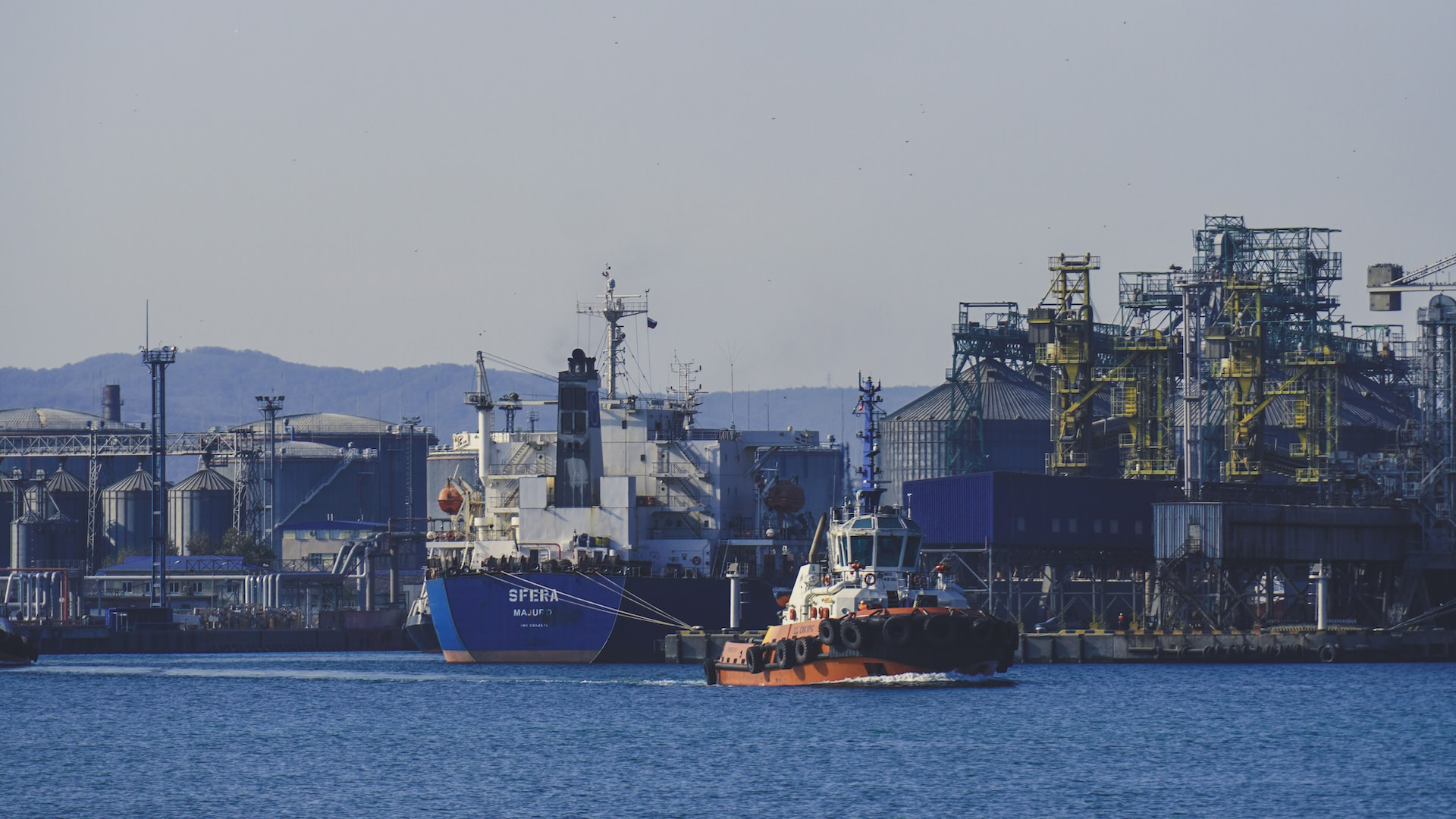
Three Freight Strategies for Securing Inventory
As anyone in the logistics field knows, a confluence of stressors continue to strain a highly congested and extremely delicate network. Ocean freight demand at all origins around the world already far exceeds capacity, with no end in sight to that demand. Congestion in one region, whether caused by demand or low water, can wreak havoc at other ports. Domestic rail congestion combined with container truck chassis shortages conspire to make dray operations a challenge everywhere. And that’s without taking into account the impact wildfires and other natural disasters have on supply chains.
From COVID-19 outbreaks to container shortages, from record demand to domestic rail congestion and truck lease walkouts, the ability to synchronize the network is all but lost. In this unprecedented environment, manufacturers are looking for ways to mitigate risks, keep their supply chain moving, and avoid production stoppages. Here are three strategies that can help.
Strategy #1: Secure Future Capacity Now
Manufacturers can help assure their shipments won’t be impacted by booking freight as far in advance as possible.
- Commit specific weekly volume to transportation partners (then stand behind that commitment).
- Forecast your volume by week through the end of Q1, 2022. Without a forecast, shipping partners are flying blind during the worst transportation crisis in history.
- Create a “fallout pool” of inventory with sourcing partners. Take full advantage of ad-hoc or unplanned capacity from your shipping partners for any finished goods that are ready to ship.
Strategy #2: Evacuate Freight at Origins
With the North American freight situation in disarray, manufacturers need to take creative steps to mitigate risk. Possibilities include:
- Diversify arrival ports to North America.
- Consider ports not normally leveraged in your specific network.
- Leverage any available capacity to historically underutilized ports.
- Rail service from Mexico and Canada can get your container to the US.
- Where LCL is normally slower than FCL, today it can be much faster.
Strategy #3: Gain Control Upon Vessel Arrival
Risks abound in the domestic rail and trucking outlook across the US and Canada, with the overwhelming volume of containerized freight pushing the network to its limits. Assert control as near the ports as possible.
- Evaluate transload opportunities. For example: steamship lines prefer to keep their asset (the empty container) near the port, which can make your freight more attractive than a container going all the way to the US Midwest.
- Consider leveraging existing warehouse facilities to break freight and ship the appropriate cargo on to its final destination via FTL or LTL.
Choosing the Right Partner Can Mitigate Risks
Strain on global logistics is such that any historically minor event can result in a significant negative impact. By securing future capacity, diversifying arrival points, and gaining control of freight upon arrival, US manufacturers can begin to mitigate the risk of production stoppages.
The right logistics partner can bring value-added expertise and management to your supply chain. EQI continues to secure capacity and safeguard the supply chain of some of the world’s leading OEMs. We can help you, too. Contact us to learn more.
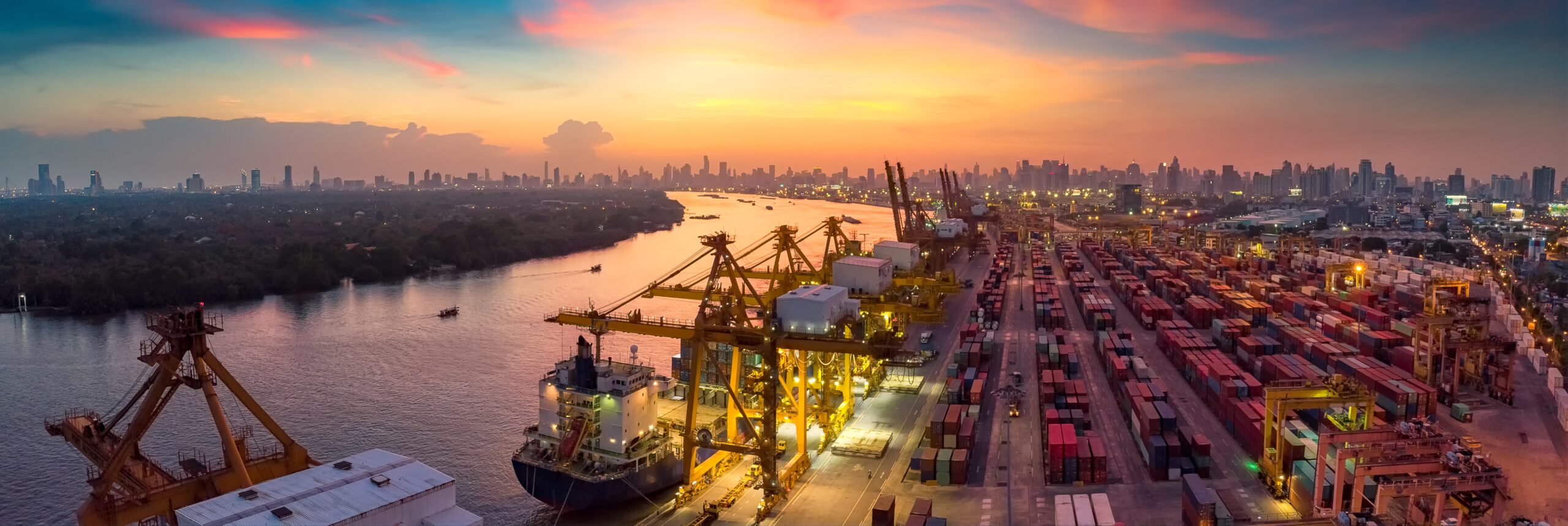
What to Expect from the Containerized Freight Network in 2022 and Beyond
By: Mike Gavle, Logistics Manager
Covid variants, extreme weather, and labor will continue to have a negative impact on all logistics operations as we head into 2022. Covid is again restricting air travel, which in turn impedes the air freight network. Much as forest fires did a few months ago, flooding in the Pacific Northwest has severely disrupted rail services. And labor factors are not trending positively. Operational planning in the near term should continue to be conservative in nature.
Here’s what logistics managers can expect in the near, mid, and long term from the containerized freight network.
Near-Term Outlook
Continued service volatility across the network should be expected in the near term. Empty containers are filling North American port complexes and makeshift storage yards along the East, West, and Gulf coasts. Expect empty container availability to deteriorate at origin, trending towards a severe constraint from now through Lunar New Year.
The normally positive impact of the Lunar New Year respite on US domestic operations will not occur this year. Where US port, rail, trucking, and warehouse operations have historically “cleared the deck” of volumes during the holiday, existing backlogs will prevent that benefit in the coming months.
Mid-Term Outlook
The most significant mid-term factor impacting the freight network is the negotiation of the 2022 labor contract between the International Longshore & Warehouse Union (ILWU) and the Pacific Maritime Association (PMA). The ILWU is keenly aware of the record-breaking earnings among steamship line members of the PMA. During negotiations in 2014 and 2015, rather than conduct strikes and lockouts the ILWU proceeded with systematic “slowdowns” designed to apply pressure to the PMA while decreasing the risk of the government invoke the Taft-Hartley Act (which prohibits certain union practices). Cargo owners today do not have the opportunity to diversify away from the US West Coast in preparation for any contentiousness in the process.
Given these factors, the ILWU walks into these negotiations with strong leverage. The International Longshoremen’s Association (ILA), which represents labor on the US East and Gulf Coasts, will be closely watching developments, given that its current contract with the United States Maritime Alliance (USMX) expires in 2024. Should a highly favorable agreement be reached by the ILWU, the ILA may consider a reaction well before 2024.
Forwarders are left with little leverage. The new ocean freight contract season will be the first of its kind, with all bargaining power in the hands of steamship lines. What little leverage remains with forwarders, having diminished dearly over the last 18 months, continues to slip away. Regardless of where rates may end up, cargo owners who do not have existing multi-year agreements or tried-and-true partnerships could be completely left out. Leverage held by steamship lines is such that cargo owners may also face a new reality of financial penalties for any unused bookings.
Black Friday sales were down this year for the first time in history. Inflation is no longer “transitory,” according to analysts. Cash-to-cash cycles are already leveraged due to long transit times and global raw material and parts shortages. How will corporate lenders react to a downturn in consumer spending, and how could that reaction impact supply chains?
Long-Term Outlook
The long-term horizon may be the easiest to predict, with the upside of network consistency and capability. And that upside is not related to infrastructure investment by the government. Steamship lines have not demonstrated strong discipline in managing long-term capacity. Fueled by record earnings, new vessel orders are at historic levels. Once those vessels begin to come online in 2024-2025 carriers are more likely to resort to their old habits, where cargo owners benefit from price wars.
Many supply chains diversified origin footprints in response to trade wars with China. Following continued covid shutdowns, diversification continued. In addition, domestic and nearshore solutions have become more popular throughout the last 18 months. Should strong sourcing diversification remain in place, cargo owners can expect better consistency within the containerized freight network. New vessels are likely to be deployed to port pairs where demand is consistent.
A More Resilient Network
As creative solutions have become the new normal for supply chain professionals, North American port diversification is more prevalent than ever. Combined with more diverse sourcing origins, and assuming the combination remains a reality, the overall ability of the containerized freight network to react to one-off events like weather, trade wars, labor agreements, or health pandemics, should be improved greatly.
In the meantime, EQI can help you negotiate the significant challenges currently facing manufacturers as they try to secure parts on time and on budget. Contact us today to find out how EQI can simplify your supply chain.